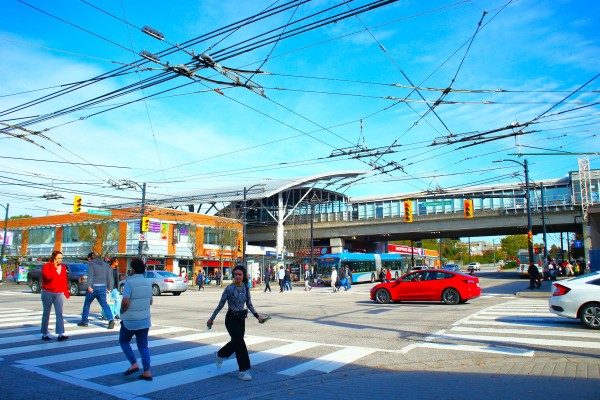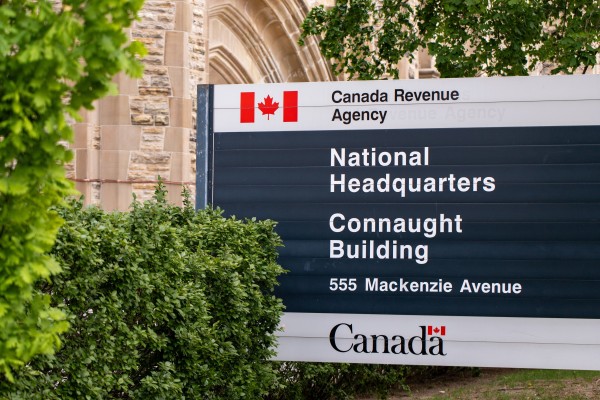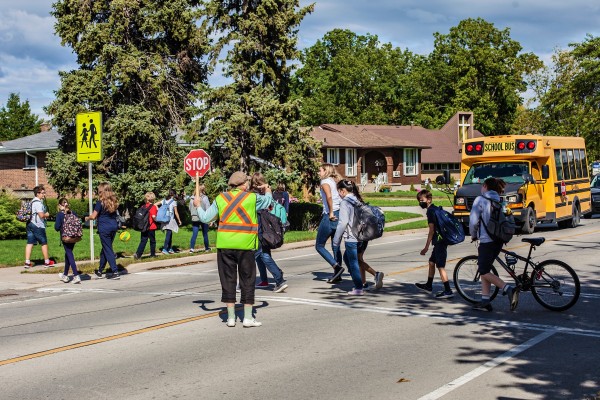The cost of living in Quebec City [2025]

![The cost of living in Quebec City [2025] The cost of living in Quebec City [2025]](https://cdn.wisemove.ca/image/blog/8d2ea1d2f8f5a2965fd314c2a0475c28.jpeg)
Locals and tourists alike love Quebec City for its architectural beauty, rich historical culture, character-filled streets, and overall elegance. Amidst the European elegance and cultural charm—the French identity runs strong here—you can still find all of the modern conveniences of a North American city.
The quality of life is high in Quebec City. You’ll benefit from excellent healthcare, top-tier schools, a low crime rate, and a strong community spirit. Perched along the St. Lawrence River and surrounded by open green spaces, the city has a sense of peace throughout.
The province of Quebec puts a big emphasis on the arts. After all, it is the birthplace of Cirque-De-Soleil and other globally renowned productions. It’s the province with the most arts funding out of all of Canada and this is reflected in its arts-rich cities. Quebec City attracts artists, history buffs, foodies, students, families, professionals, and French-speaking immigrants.
If you're considering moving to Quebec City, knowing the cost of living there can help inform your choice.
Why Quebec City’s job market is drawing in new residents
Quebec City is the provincial capital, making it the public administration for the largest employers. Healthcare is next, as well as the private sector, with information technology, life sciences and health tech, electronics and optics-photonics leading the way. Those in finance and insurance also do well. The city hosts a growing tech and video game scene, along with a strong creative sector supported by the government arts funding mentioned above.
Bilingual professionals have the best chances of finding top employment in Quebec City, as there is much less English spoken in Quebec City than in Montreal.
What’s different about Quebec City?
Quebec City has deep French roots reflected in everyday life, as you will find in Old Town, Montreal. This sets it apart from other Canadian cities—the city itself moves at a more relaxed pace and community values are emphasised.
The main challenges to living in Quebec City include the intensity of the long, cold winters and the predominance of French spoken. Integrating both socially and professionally can be harder without strong French skills.
That being said, those who have chosen Quebec City for its fine points, while embracing the winter and rising to the challenge of learning French, live a rewarding lifestyle that only a majestic city like Quebec can offer.
Cost of housing in Quebec City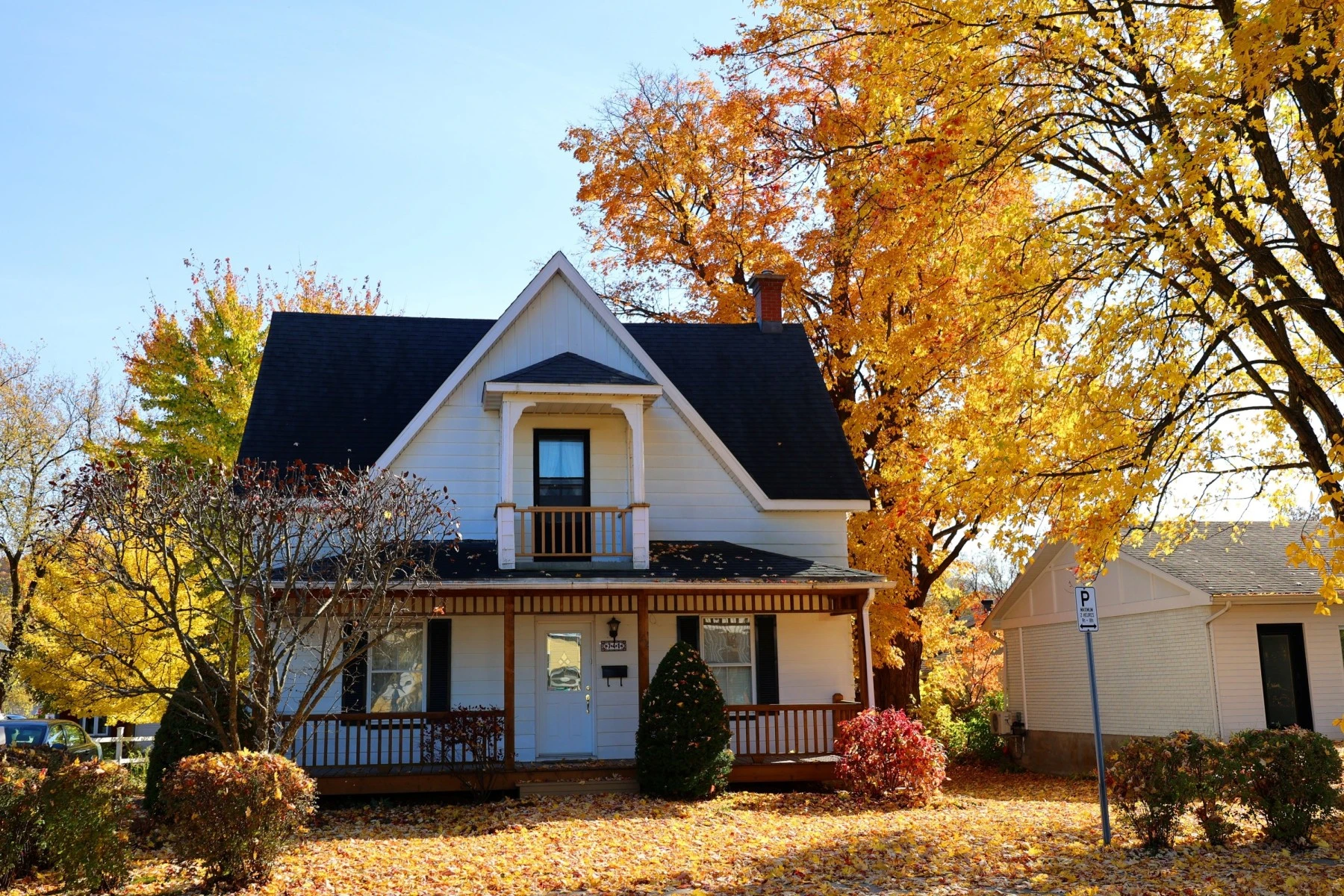
Renting in Quebec City
Almost everywhere in Canada has an increasing demand for rentals, yet the actual supply is limited. Quebec City is no exception. Luckily, the cost of renting there remains more affordable than Canadian metropolises like Toronto and Vancouver.
Central and touristic areas of the city are among the priciest areas to rent, while budget-friendly neighbourhoods include:
-
Limoilou
-
Charlesbourg
-
Vanier
-
Beauport
-
Sainte-Foy
As a renter in Quebec, you should be aware that strong tenant protections govern your lease agreement.
French is often used in lease documents and many landlords communicate only in French. Having even basic French skills can help make the renting process smoother.
If you're looking for ways to rent more affordably, consider sharing a place with roommates. Some of the top online platforms for finding or listing room rentals include:
-
Craigslist
-
Kijiji
-
Facebook Marketplace
-
Roomies.ca
-
Rentals.ca
-
Zillow
-
Roomster
-
Zumper
Buying property in Quebec City
The average price for a home in Quebec City is CA$455,650, which is under a quarter of the average prices in both Vancouver and Toronto.
Here's some of the most affordable areas to buy property in Quebec City, with average prices ranging between CA$300,000 and CA$500,000:
-
Limoilou
-
Charlesbourg
-
Vanier
-
Beauport
-
Sainte-Foy
Quebec City’s neighbourhoods of interest
Quebec City is divided into 35 administrative sectors or neighbourhoods called "quartiers". These quartiers are further organised into six boroughs (arrondissements). Originally, the city was divided into named districts (quartiers), but they were re-assigned to the current boroughs after the 2002 city mergers.
There are a handful of areas in the city that stand out from the rest. Here are some of the best:
Old Quebec (Vieux-Québec)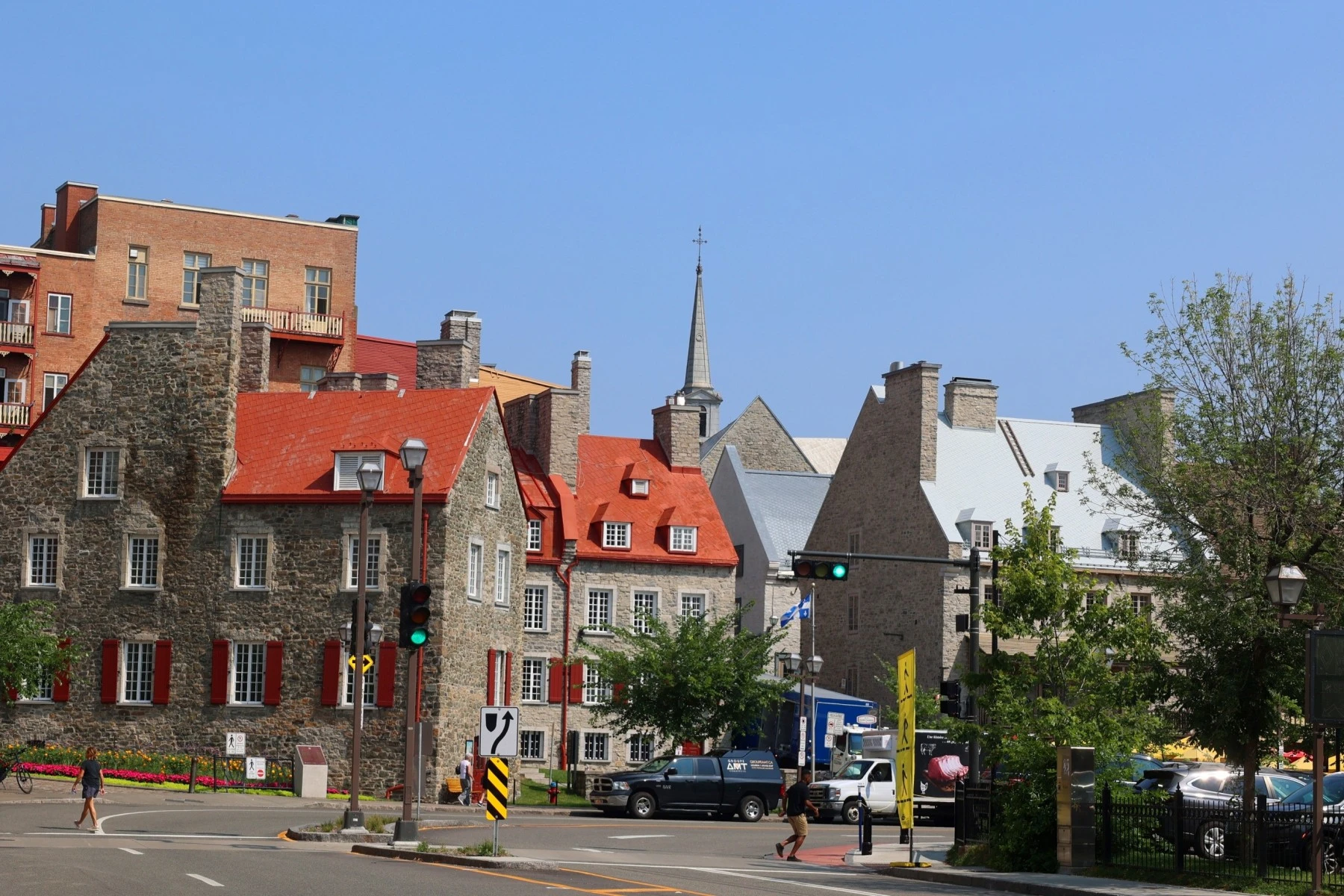
A UNESCO World Heritage Site with cobblestone streets, fortified walls, historic buildings, and a romantic European feel. History lovers and tourists flock here and locals do have to put up with the tourist onslaught.
The average monthly rental price in Old Quebec is around CA$1,750. The median home price in the area is approximately CA$678,150.
Montcalm
Montcalm is the arts and culture hub of the city. It is home to the Musée National des Beaux-Arts and borders the Plains of Abraham. It's walkable, elegant, and ideal for professionals and creatives.
In Montcalm, the average monthly rental price is around CA$1,500. The median home price is approximately CA$485,000.
Sainte-Foy–Sillery–Cap-Rouge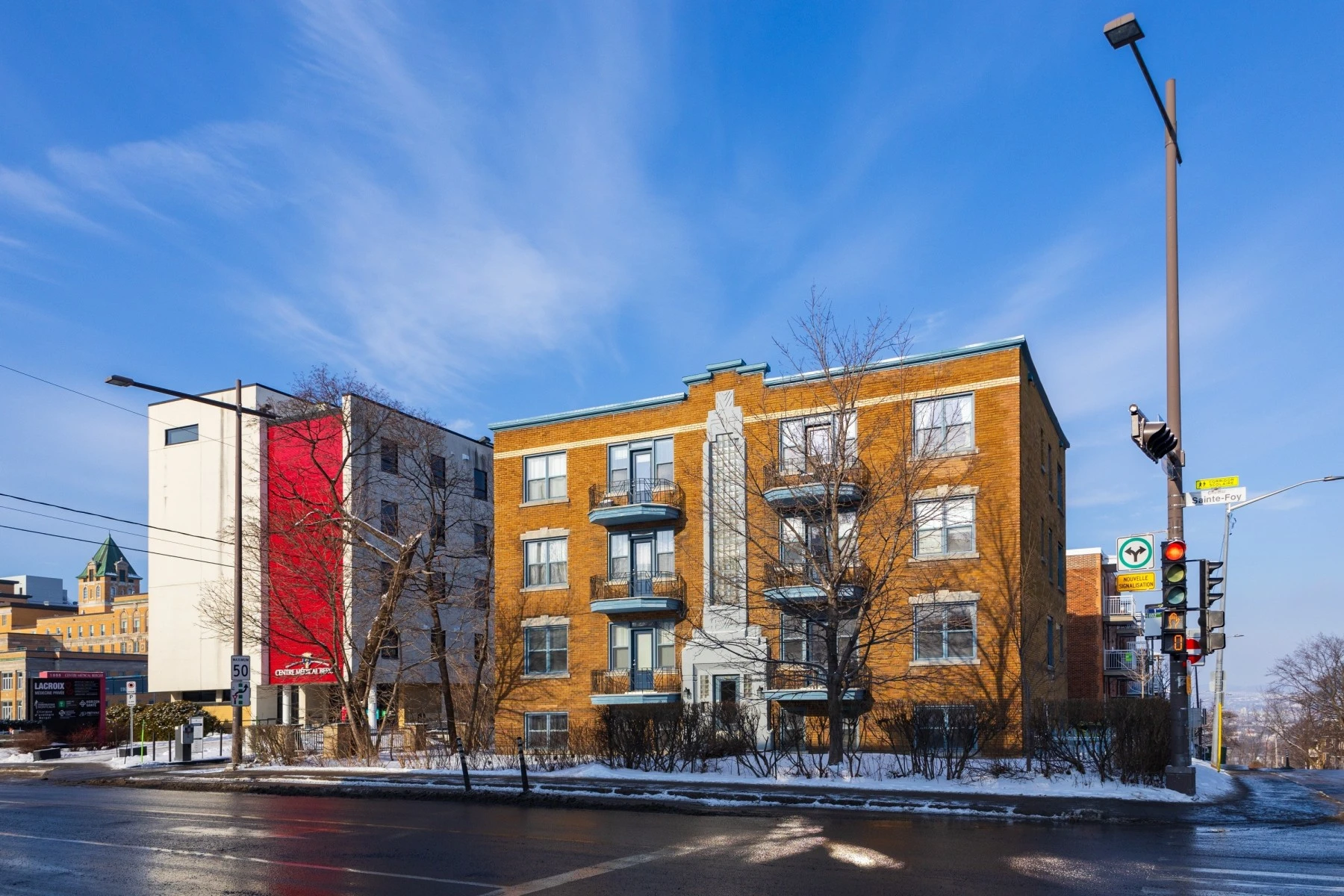
This large borough attracts families and professionals due to its proximity to good schools, refreshing green spaces, universities, and shopping amenities. Sainte-Foy in particular is home to Laval University and other major institutions.
In the Sainte-Foy–Sillery–Cap-Rouge area, the average monthly rental price for two-bedroom apartments is around CA$1,400, while the median price for single-family homes is CA$492,000.
Limoilou
The vibe in Limoilou is activated in this trendy, young and bustling area. It is known for its local cafés, independent shops, and creative spirit. It has a strong sense of community and is increasingly popular with first-time buyers and young families, due to its relative affordability.
The average monthly rental price for apartments in Limoilou is CA$1,000-CA$2,000, depending on the type of apartment. The average cost of a home in this area is CA$380,000.
Charlesbourg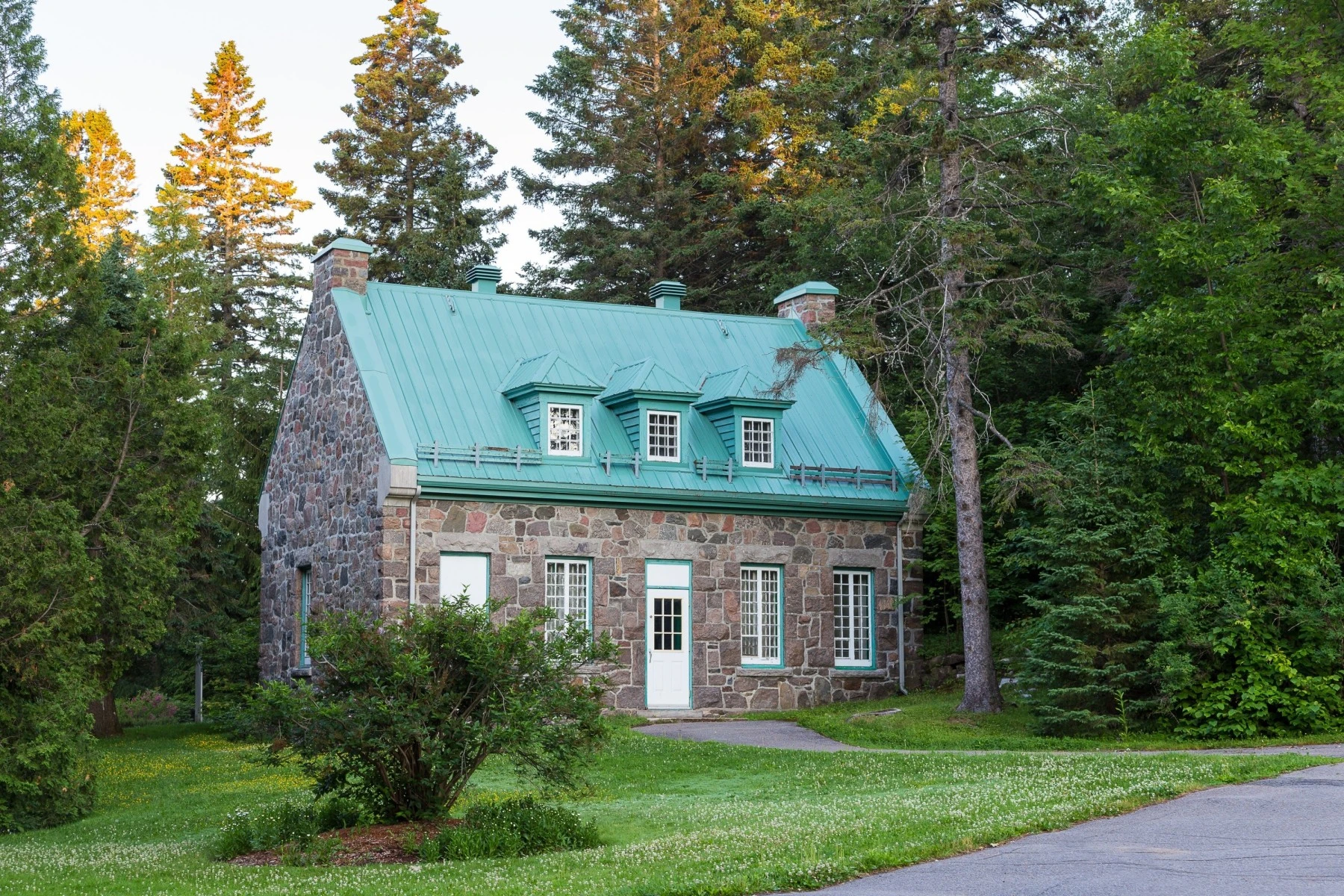
Historic, green, and residential, Charlesbourg alludes to a quieter lifestyle surrounded by traditional architecture and easy access to nature. Great for families seeking space and affordability.
In Charlesbourg, the average monthly rental price for apartments is around CA$2,000 to CA$2,500. The median home price ranges from CA$235,000 to CA$250,000 for single-family homes.
The cost of utilities and internet in Quebec City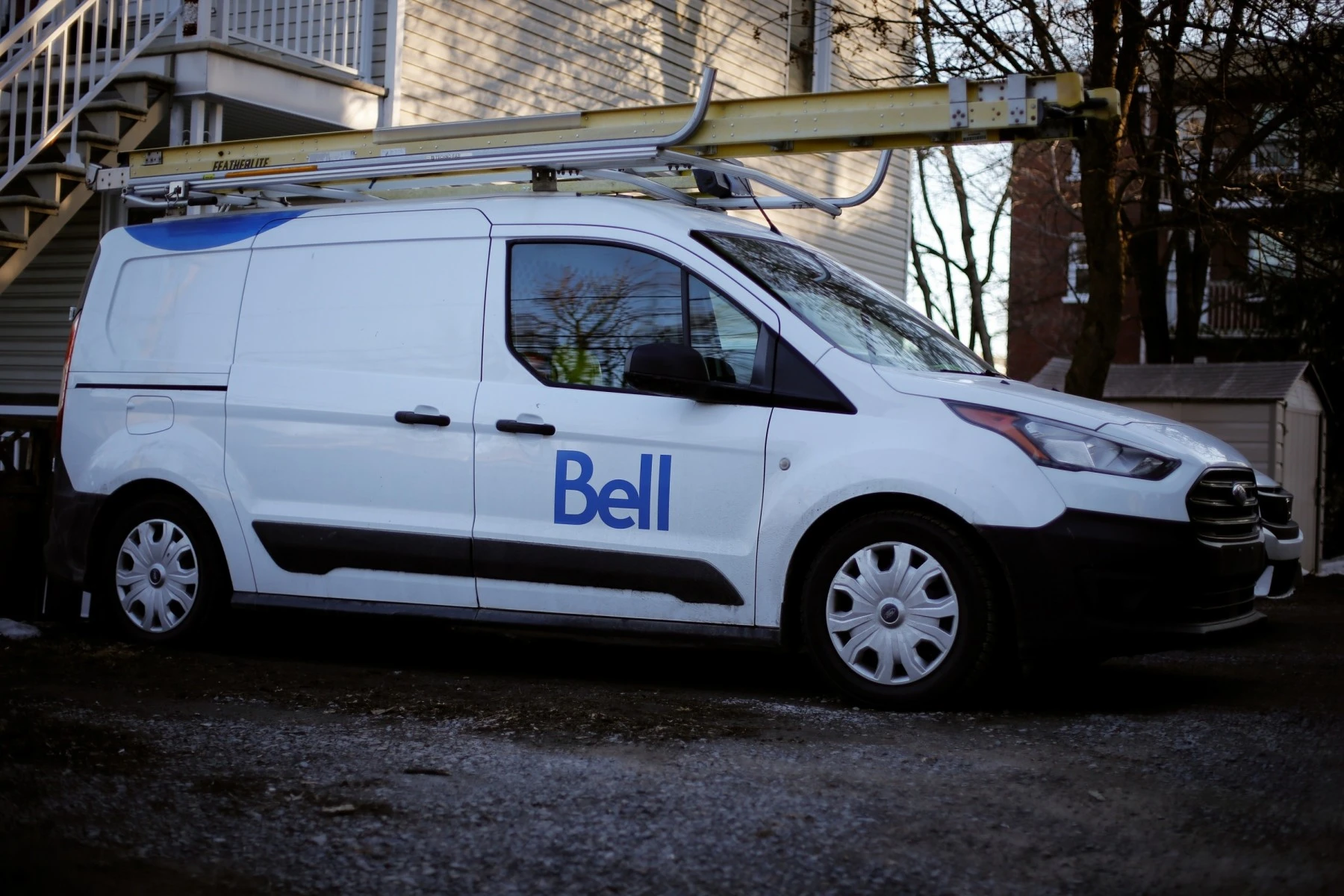
Utility costs in Quebec City are generally reasonable, though winter heating can push bills up significantly for a few months of the year (averaging –5 °C highs in January and February). Homes rely on electric heating, which spikes bills to CA$125–CA$140 per month, compared to CA$70–CA$100 in warmer months. Most homes rely on electricity for heating, which is affordable thanks to Hydro-Québec's publicly regulated rates.
Here’s what to expect for basic utilities
|
Utility |
Monthly Cost |
|
Electricity & Heating |
CA$70–CA$100 in Summer CA$125–CA$140 in Winter |
|
Water & Garbage |
CA$85–120 |
|
Internet (50–60 Mbps+) |
CA$40–60 |
|
Mobile Phone (10 GB+ data) |
CA$50–65 |
Bundling services or opting for seasonal billing plans can help smooth out monthly expenses, especially during colder months.
The cost of food in Quebec City
Quebecois-style cuisine is rooted in French-style cooking. Rich and hearty, many local dishes use local ingredients, such as game, seafood, maple syrup, and seasonal produce, adding a unique twist to traditional French recipes. Quebec City offers everything from cosy bistros and sugar shacks to high-end restaurants. Its restaurant scene reflects a deep respect for terroir, with a growing emphasis on farm-to-table dining and Indigenous culinary influences.
Grocery costs
- In Quebec City, as a single person, you can expect to spend between CA$350–CA$500 per month, depending on your eating habits and where you shop.
- For a family of four, monthly grocery costs range from CA$1,000 to CA$1,400, especially if your meals are mostly prepared at home.
- Prices vary based on dietary choices, preferences for organic or speciality foods, and the use of local or seasonal ingredients. Shopping at farmers' markets or in bulk can also help manage expenses.
Pro shopping tip: Talk to farmers directly at the markets. Many small-scale food producers are willing to set aside their “less-than-perfect” produce and sell it for a discounted price.
Cost of dining out
Quebec City hosts over 1400 restaurants, where you can find everything from quick breakfast and lunch cafes to fancy high-end dining.
Cheap Eats: CA$5 - CA$20
-
Bagel Maguire Café – Montreal-style bagels, sandwiches, soups, coffee
-
La Galette Libanaise – Lebanese wraps, falafel, shawarma, vegan options
-
Chez Gaston – Classic Québécois poutine and hot dogs
Mid-Range CA$15 - CA$50
-
Nina Pizza Napolitaine – Authentic Neapolitan wood-fired pizza
-
Battuto – Small Italian restaurant with handmade pasta and seasonal fare
-
Chez Boulay – Bistro Boréal – Nordic-inspired Québécois cuisine using boreal forest ingredients
Fine Dining CA$45 - CA$290
-
Tanière³ – Creative Quebecois tasting menu, 15–20 courses, fine wine pairings.
-
Légende – Terroir-driven Quebecois cuisine focused on local and wild ingredients.
-
Le Clan – CA$72 (4-course), CA$99 (6-course) - Upscale local cuisine featuring Indigenous and Quebecois ingredients.
The cost of childcare and education in Quebec City
For families moving to Quebec City, one of the most attractive benefits is the subsidised daycare system, which makes raising children significantly more affordable than in many other provinces. The education system in Quebec is also excellent and Laval University, located in Sainte-Foy, is one of Canada’s most respected institutions.
- Subsidised daycare (CPE): CA$9.10 per day
- Private daycare: CA$40–$55 per day (up to CA$10 per day for specialised care).
- Private preschool: CA$5,165–CA$12,950 per year ( CA$430– CA$1,08 per month).
- Public schools (K–12): Free (newcomers with permanent resident status are generally eligible for these services).
- Université Laval tuition (Québec resident): CA$4,055 per year
- Université Laval tuition (other provinces): CA$10,350 per year
- Université Laval tuition (international): CA$26,628 per year
- Estimated annual living costs (university students): CA$19,000– CA$20,000
The cost of healthcare in Quebec City
Healthcare in Quebec
In Québec, public healthcare is provided through the Régie de l'assurance maladie du Québec (RAMQ), which covers essential medical services such as:
- doctor visits,
- hospital stays
- specialist care (with a doctor’s referral)
- surgeries
- diagnostic tests
Additional medical expenses not covered by RAMQ
- Prescription medications (unless you're enrolled in the public drug plan),
- Dental care for adults,
- Vision care like eye exams and glasses,
- Ambulance services, and
- Paramedical services such as physiotherapy or psychology, etc.
Due to these gaps, many residents opt for private or employer-provided insurance to supplement their RAMQ coverage. This top-up insurance helps cover additional healthcare costs and is mandatory if your employer offers a private drug plan.
Average cost of private supplementary health insurance in Québec
- Individual plan: CA$80–CA$150 per month (Around CA$960–CA$1,800 per year)
- Family plan: CA$200–CA$400+ per month month ( Around CA$2,400–CA$4,800+ per year)
Transport costs in Quebec City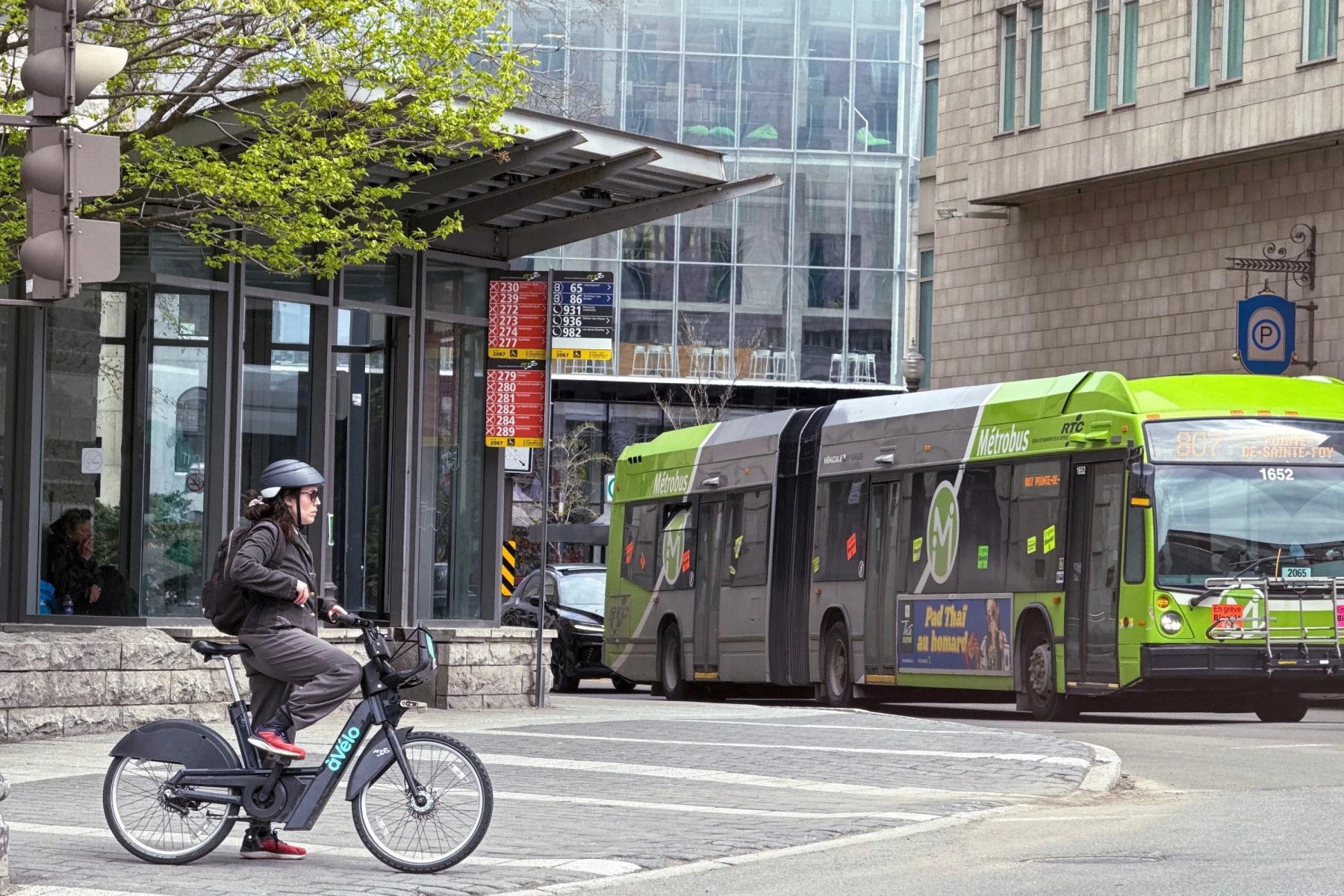
Commuting in Quebec City is decent, especially if your location is central or near any major public transit routes. The city’s main public transit system, RTC, runs a network of buses, including high-frequency Metrobus lines that connect neighbourhoods like Sainte-Foy, Charlesbourg, and downtown. While there’s no metro system, the buses are reliable and affordable for most daily commutes. A new tramway is also in development, which will eventually offer faster travel through the urban core.
Quebec City is very walkable, particularly in Old Quebec and nearby districts. Biking is also popular in warmer months, with a steadily expanding network of bike paths along the river and through green spaces. Winter makes walking and biking trickier as the roads and sidewalks get icy and dangerous.
For drivers, roads are usually well-maintained, but snowstorms and steep hills can make winter driving a challenge. The Québec-Lévis ferry also offers a scenic and practical option for crossing the St. Lawrence River, especially helpful for pedestrians and cyclists.
Car ownership costs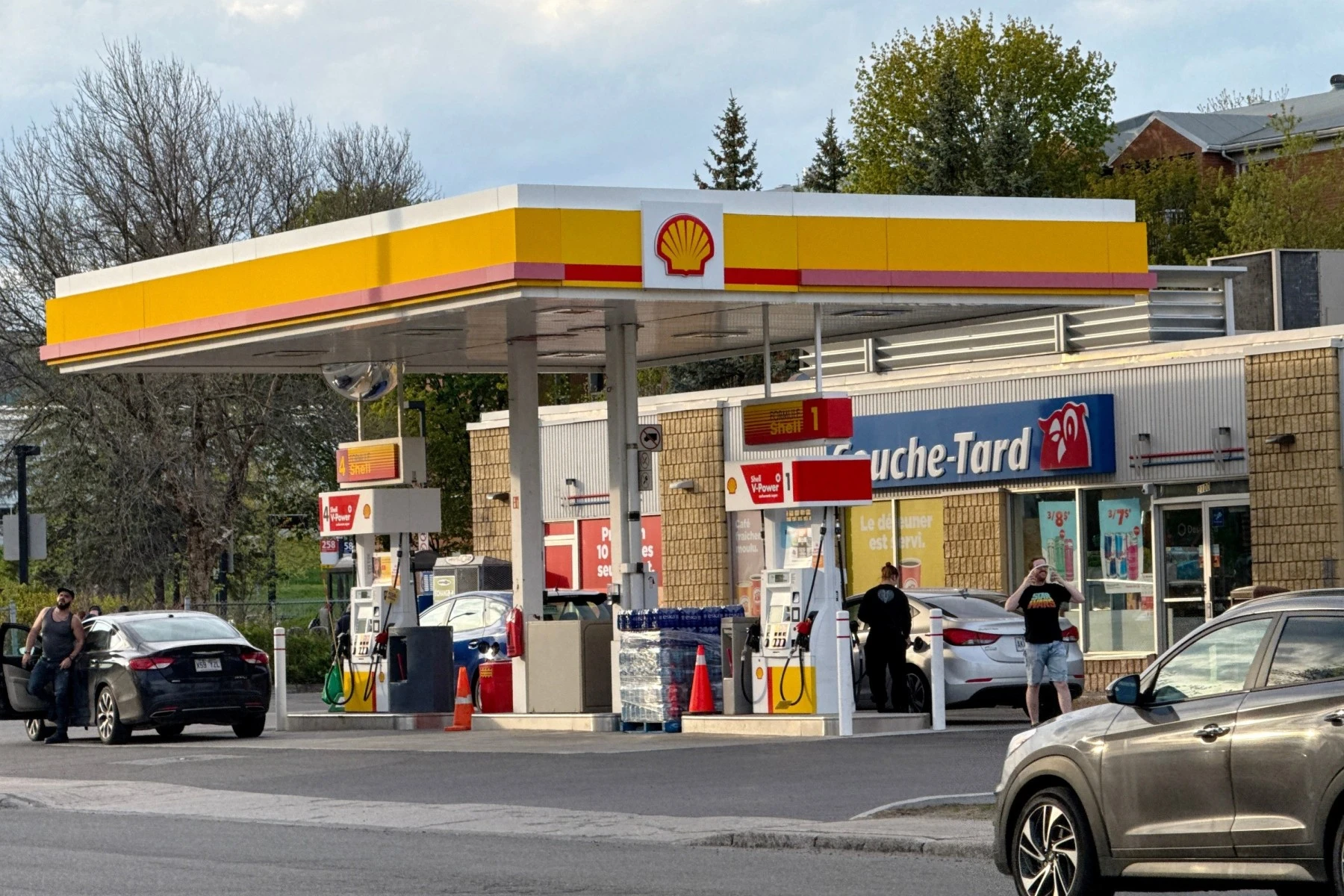
While public transit is reliable in central areas, many residents, especially those living in suburban neighbourhoods—choose to own a car. Fortunately, Quebec has some of the lowest car insurance rates in Canada, thanks to its hybrid public-private insurance model.
Here’s what to expect:
-
Car insurance: Between CA$55–CA$85 per month (CA$650–CA$1,000 per year).
-
Fuel (as of 2025): C$$1.65–C$1.80 per litre (premium is higher).
-
Monthly fuel cost: C$150–C$250, depending on usage.
-
Vehicle Registration (SAAQ): Around CA$280–CA$320 per year for a standard passenger car.
-
Winter tyres (mandatory from December 1 to March 15): a new set of 4 will cost around CA$600–CA$1,000.
Keep in mind that Quebec winters are intense, and proper vehicle preparation (including snow tyres and emergency kits) is essential.
Parking in Quebec City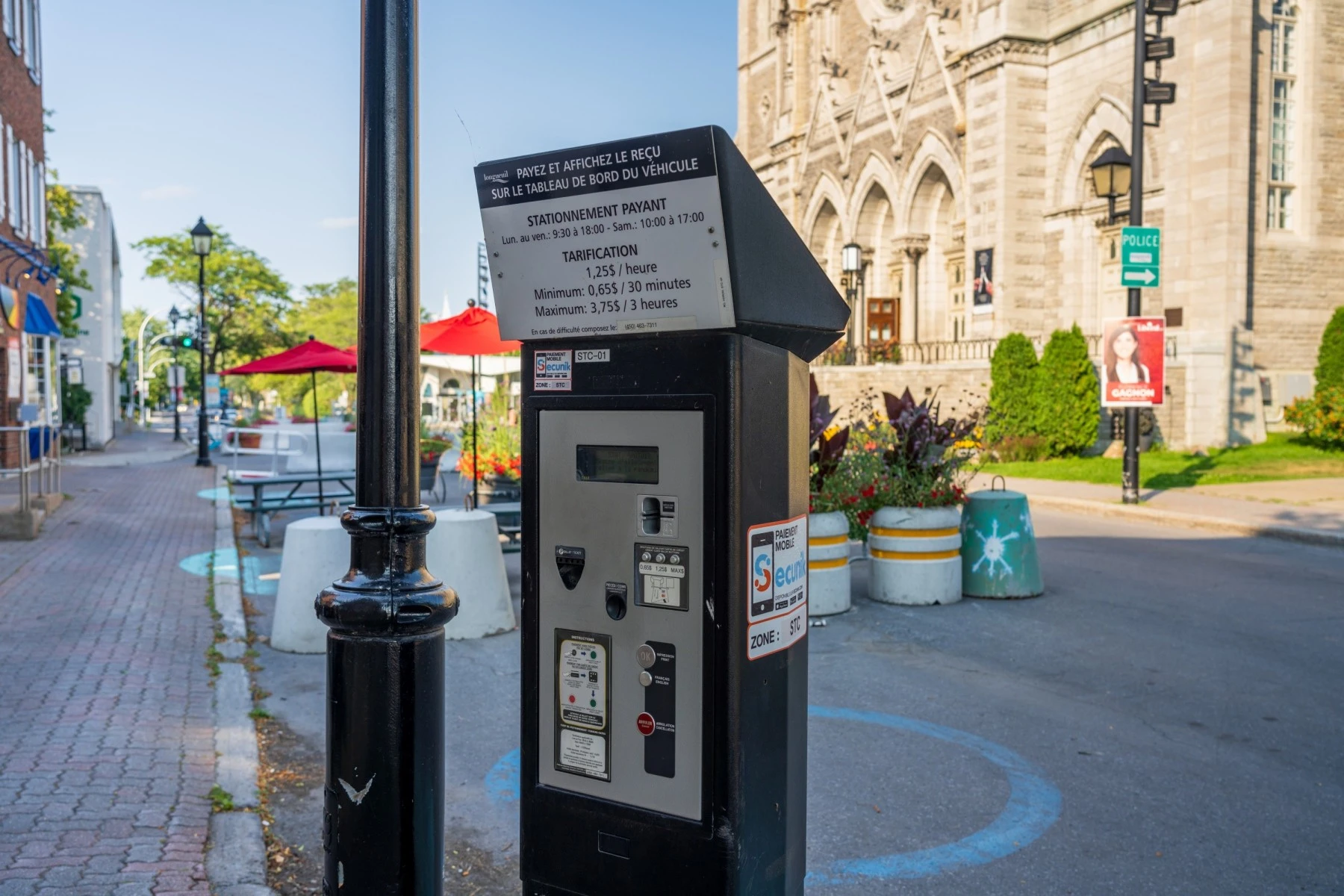
Street Parking
Hourly meters typically run from 9 AM to 9 PM on weekdays, with reduced weekend hours.
Most areas use a pay-by-plate system. Rates are around CA$2.75 per hour, with a minimum fee For example CA$0.25 as minimum fee or hourly rate.
Parking lots and garages
There are numerous public and private lots in Old Québec and downtown. Prices range from CA$4–CA$15 per hour or a flat CA$8–CA$15 per day. Some lots structure daily caps, like CA$9/day at Laurier near Plains of Abraham. Monthly permit options ( around CA$90 per month) are also available.
Apps and system tips
Some apps allow remote payments, session extensions, and pre-booking:
-
Copilote
-
Flowbird
-
ClicknPark
Things to do in Quebec City and what it will cost you
Explore Old Quebec (Vieux-Québec)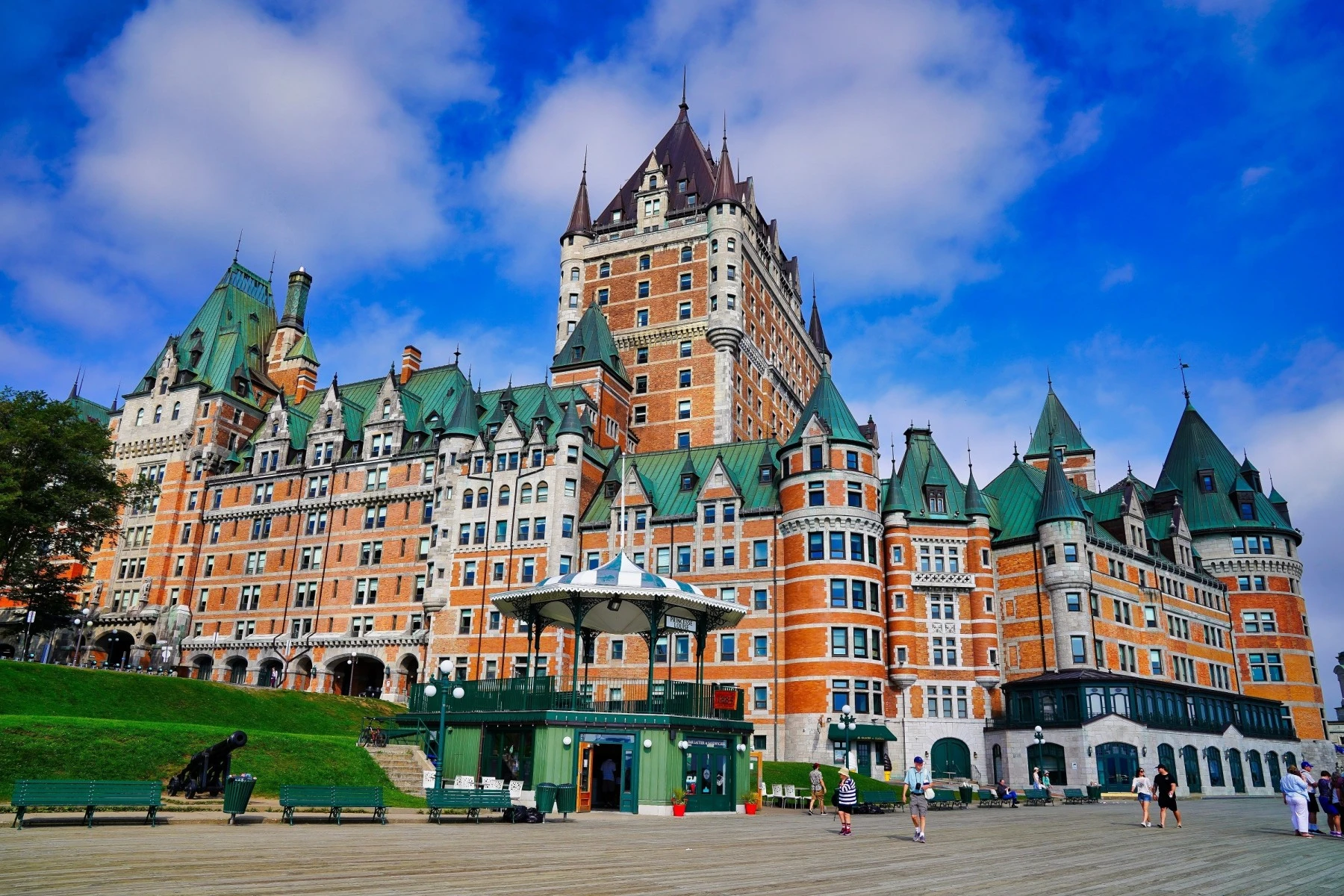
Wander through cobblestone streets, admire 17th- and 18th-century architecture, and visit landmarks like Château Frontenac, Place Royale, and the fortified city walls.
Admission costs for landmarks:
-
Chateau Frontenac: CA$18-CA$22 for a One-Hour Guided Tour.
-
Place Royale: Free entry to the plaza. Interpretive Centre Admission is CA$7 per Adult, CA$6 per Senior, CA$5 per Students, and CA$2 for Children.
Montmorency Falls
Taller than the famous Niagara Falls, this waterfall is just minutes from the city and features walking trails, a suspension bridge, and a cable car.
-
Park entry: CA$9 Admission
-
Cable car: CA$17 Round Trip
The Plains of Abraham
A historic battlefield that is now a city park, locals and visitors use it for picnics, biking, cross-country skiing, or attending outdoor events and concerts. Visitors can also check out the museum.
Museum entry:
-
Ages 0–4: free
-
Ages 5–12: CA$4.25–CA$4.75 (depending on season)
-
Ages 13–17: CA$10.50–CA$11.50
-
Adults (18–64): CA$12.75–CA$13.75
-
Seniors (65+): CA$10.50–CA$11.50
-
Family ticket (2 adults + up to 3 children): CA$30–CA$32.50
Local Markets
Get a feel for a European-style, artisanal market experience. Sample classic Québécois dishes like poutine and tourtière, or find handmade products at Marché du Vieux-Port or Grand Marché de Québec. The markets are free to enter. Specialised experiences, such as tastings and food tours are often available and will cost around CA$55 per person, depending on the program.
Cruise, walk or bike along the St. Lawrence River
Locals and tourists alike enjoy scenic river views via boat tours, walking paths, and bike trails.
- A standard 90-minute guided cruise costs CA$50 for adults and CA$15 for children.
- For a more upscale outing, brunch cruises start at around CA$80, and elegant dinner cruises with multi-course meals range from CA$130 to CA$250, depending on the package.
- Evening cruises with music and cocktails will set you back from around CA$60s.
- There are also day trips and whale-watching packages available from around CA$110, with transport and cruise time included.
Tour the Citadel and Parliament Building
Both these buildings are active government sites with guided tours, where you can get insight into Quebec’s political and military history.
Visiting the Citadel of Québec (La Citadelle) comes with an admission fee that includes guided access to the fortress, museum, and grounds.
-
Adults: CA$22
-
Seniors and Students: CA$20
-
Youth (11–17): CA$8
-
Children under 11: Free
Musée national des beaux-arts du Québec
Located in Battlefields Park. It features over 42,000 works of art, including historic, contemporary, and Inuit art, across four architecturally stunning pavilions.
- Admission is CA$15, with free entry on the first Sunday of each month and discounts available for students, seniors, and families.
Events in Quebec City and what they will cost you
Québec Winter Carnival (February)
This is the world’s largest winter festival with parades, an ice palace, snow baths, and the iconic Bonhomme.
-
Admission: An Effigy Pass is required from CA$25 for early bird tickets up to CA$39. Optional extras can add up to CA$50+.
La Poutine Week (February)
This festival celebrates Quebec’s famous dish of French fries, cheese curds and gravy, where creative and fusion versions of poutine are served across a myriad of restaurants.
KWE! Meet with Indigenous Peoples (June)
KWE! celebrates the heritage, traditions, and contemporary realities of the 11 Indigenous Nations in Quebec. Through music, dance, storytelling, crafts, and food, KWE! offers the public a chance to engage directly with Indigenous cultures in an inclusive and respectful atmosphere. The event encourages dialogue, builds awareness, and strengthens relationships between Indigenous and non-Indigenous peoples.
-
Admission: Free
Wendake International Pow-Wow (June)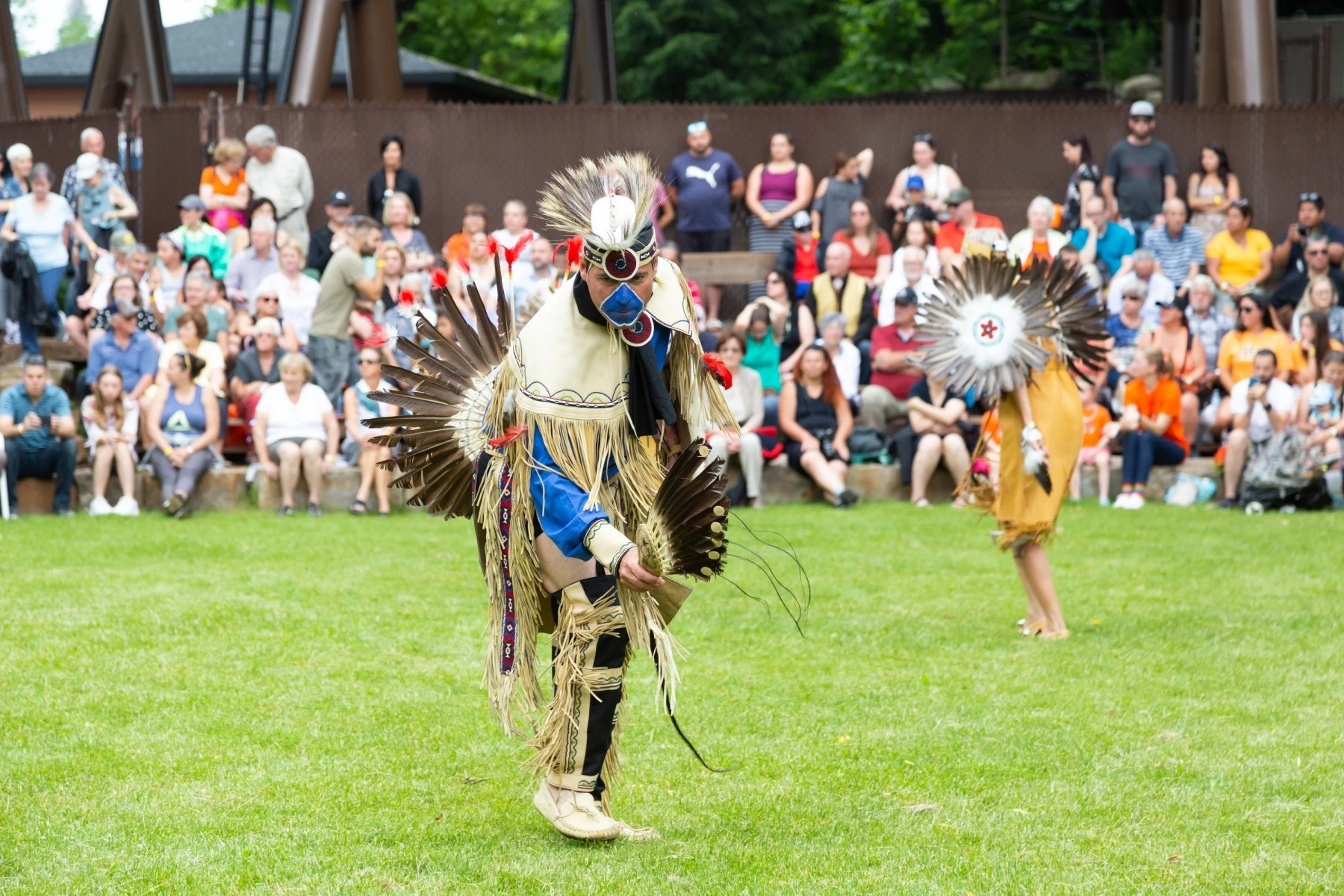
Pow-wows are always memorable and often provoke deeper emotions. Check out this traditional Indigenous celebration with dance, music, powerful singing, and artisanal crafts.
-
Admission: Free
Festival d’été de Québec (July)
Canada’s biggest music festival with over 300 shows in 11 days.
-
Admission: The general pass is CA$165. VIP passes range between CA$580 and CA$1,000.
Grands Feux Loto-Québec (August)
An exciting fireworks competition over the St. Lawrence River, visible from Old Québec.
-
Admission: Free from public areas. Reserved seating costs around CA$5–CA$10.
Fêtes de la Nouvelle-France (early August)
Go back in time to this historical festival featuring 17th-century costumes, markets, and performances in Old Québec.
-
Admission: Mostly free, with special activities and costume rentals ranging from CA$10–CA$25.
ComediHa! Fest-Québec (August)
Annual comedy festival with local and international acts.
-
Admission: Free outdoor shows with ticketed events between CA$20–CA$40.
Festibière de Québec (August)
Tap into Canada’s passion for beer at this waterfront craft beer festival.
-
Admission: Around CA$10–CA$25, including a tasting glass.
Monthly budget to live in Quebec City (as a single person)
To give you a clearer picture of everyday expenses, here’s an example of a monthly budget for a single person living moderately in Quebec City.
|
Expense |
Estimated Monthly Cost |
|
Rent (1-bed outside centre) |
CA$950–CA$1,200 |
|
Utilities (heat, electricity, internet, phone) |
CA$250–CA$320 |
|
Groceries |
CA$300–CA$400 |
|
Entertainment and dining out |
CA$$150–CA$250 |
|
Transport (public transit or modest car) |
CA$100–CA$250 |
|
Healthcare (private top-up) |
CA$80–CA$150 |
|
Clothing and miscellaneous |
CA$100–CA$150 |
|
Savings* |
CA$150–CA$200 |
|
Total |
CA$2,080–CA$2,920 |
The overall total budget in Quebec City typically ranges from CA$2,080 to CA$2,920 per month, making it one of the more affordable major cities in Canada. Costs will vary depending on lifestyle, neighbourhood, and whether you own a car, but this range provides a reliable baseline for everyday expenses.
Savings: A realistic monthly savings target is around CA$150 to CA$200, which represents approximately 5% to 6% of net income for someone earning between CA$3,200 and CA$3,500 per month. This amount can comfortably go toward building an emergency fund, saving for travel, contributing to retirement, or planning for future home ownership, while still maintaining a balanced lifestyle in the city.*
What is the average salary and taxes in Quebec City?
If you're thinking of moving to Quebec City, it helps to know what kind of salary you can expect, and how much of it you'll actually take home after taxes.
On average, people in Quebec City earn around CA$52,400 a year (about CA$4,370 a month before tax). For households, the average annual income is about CA$70,500.
Quebec has some of the highest taxes in Canada. Residents pay both federal and provincial income tax, and the rates go up the more you earn. The province also takes off amounts for things like pensions, parental leave, and employment insurance.
After all that, most full-time workers keep about 65% to 80% of their gross income. That means the average person takes home approximately CA$3,200–CA$3,500 a month, or around CA$38,000–CA$40,000 a year after tax. A combined household can typically take home about CA$60,000–CA$61,000.
There is an upside. Even with higher taxes, Quebec offers great value. You get access to affordable healthcare, low-cost childcare, and well-funded public services, which helps make day-to-day life more affordable overall.
Make a wise move to Quebec City
If you are considering Quebec City as a place to live, or have made your decision and are planning a move, check out our Moving Checklist and Relocation Guide for Quebec City It’s designed to walk you through every stage of the process, from early planning right through to settling in. Inside, you’ll find a step-by-step moving timeline, packing tips, advice on how to budget for your move, and guidance on how to book trusted Quebec moving companies through the Wise Move platform. We also cover important local insights—like what to know about Moving Day in Quebec (July 1st), which can get incredibly busy and booked out if you don’t plan ahead.
FAQ: Living Costs in Quebec City
Is Quebec City cheaper than Montreal?
Yes, in general. Housing, rent, childcare and overall expenses are more affordable in Quebec City compared to the cost of living in Montreal. Keep in mind that prices always vary by neighbourhood and lifestyle. Montreal also offers more English-language job opportunities.
Can I live in Quebec City without speaking French?
It’s possible to live in Quebec City without French but has its fair share of challenges. Knowing French is recommended as most jobs, services and daily interactions are conducted primarily in French. Some English is spoken, especially in tourism and certain businesses, but not being fluent will limit opportunities and make everyday life more challenging.
Why is daycare so cheap in Quebec?
The province subsidises childcare through a public system, to support families and boost workforce participation.
How much do I need to live comfortably in Quebec City?
-
Single person: CA$2,200–CA$2,800 per month
-
Couple: CA$3,500–CA$4,000 per month
-
Family of four: CA$5,000–CA$6,000/month
This covers rent, groceries, transport, and general living costs.
Can I live comfortably on $2,000 per month in Québec City?
It’s possible but you would need to be frugal. A single person can cover basic rent, utilities, food, and transportation for less than the above estimation of CA$2,200 by living modestly and budgeting carefully. Thus however leaves little room for extras or emergencies. You'll need to decide if it's worth it to live without any financial wiggle room.
Is car insurance really cheaper in Quebec?
Yes. Quebec’s hybrid model results in lower premiums compared to other provinces.
Can I live car-free in Quebec City?
Yes, Québec City has a decent public transit system (buses), especially in central areas like Old Quebec, Montcalm, or Limoilou. Public transit is reliable, and the city is walkable and bike-friendly in warmer months.
For most daily needs, a car is not mandatory, though it can be helpful for some jobs and if you have children. Carless living in winter is always more of a challenge in Canada, but with the right daily planning and proper winter clothing, you can do it comfortably.
What do our customers say?


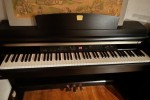

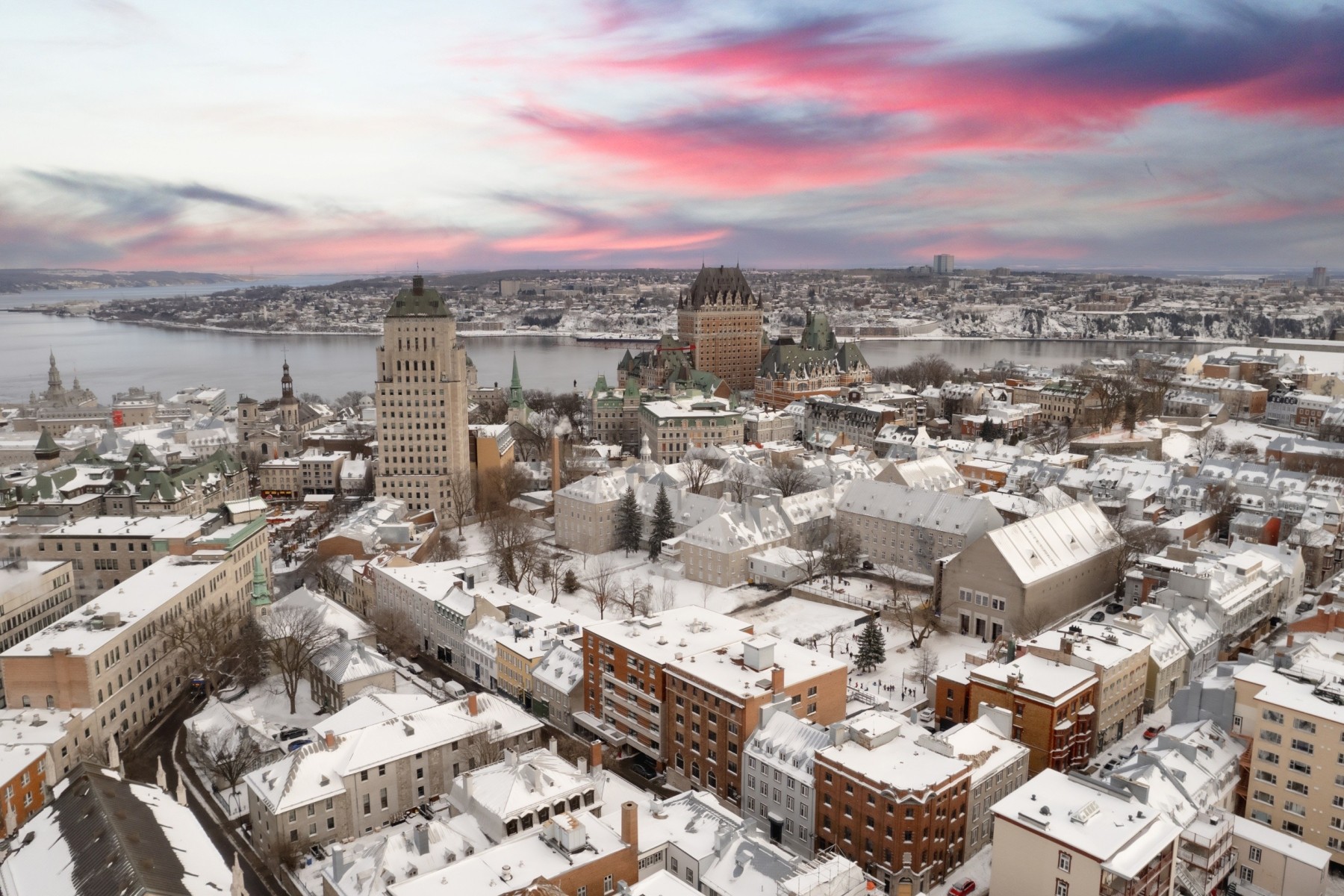
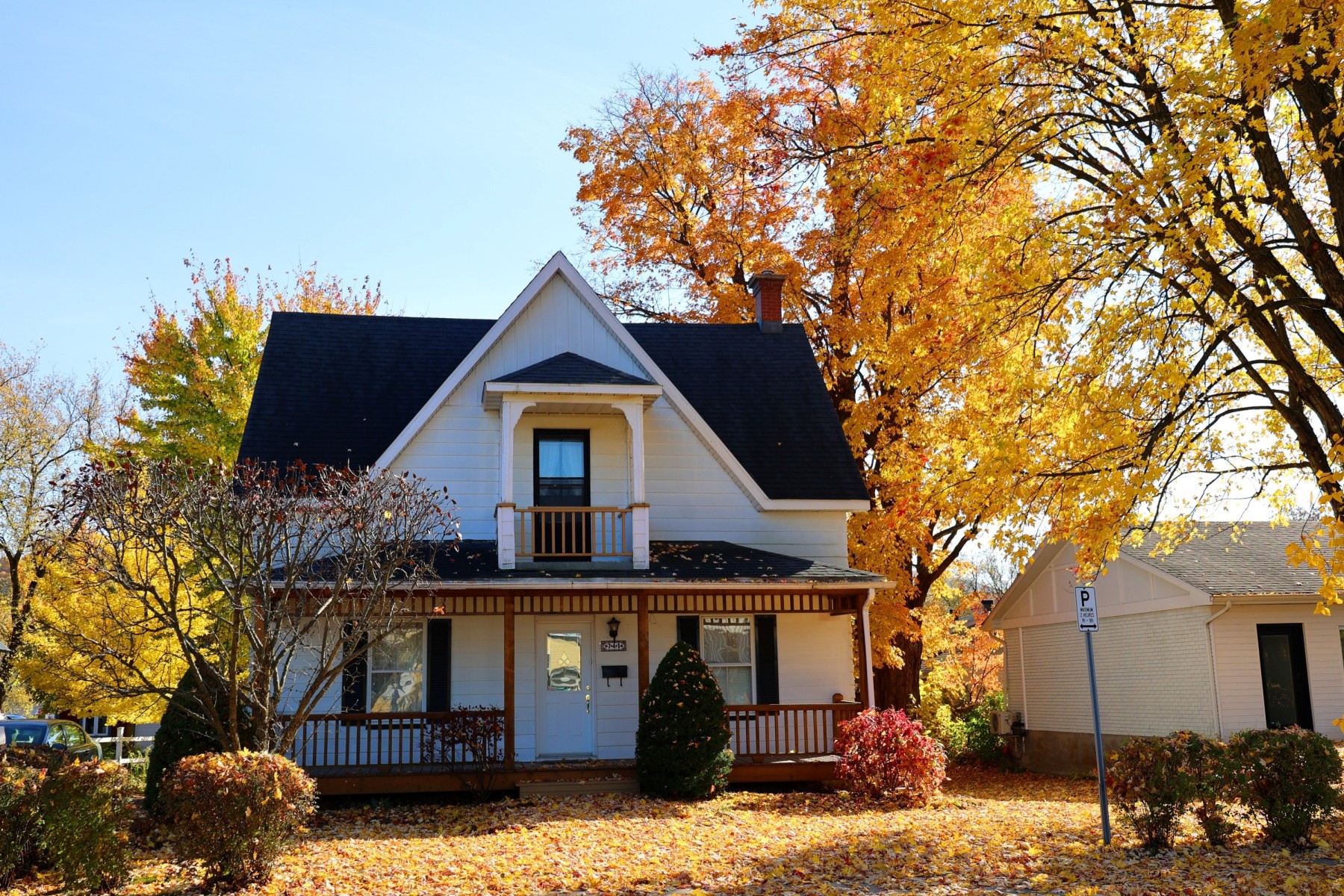
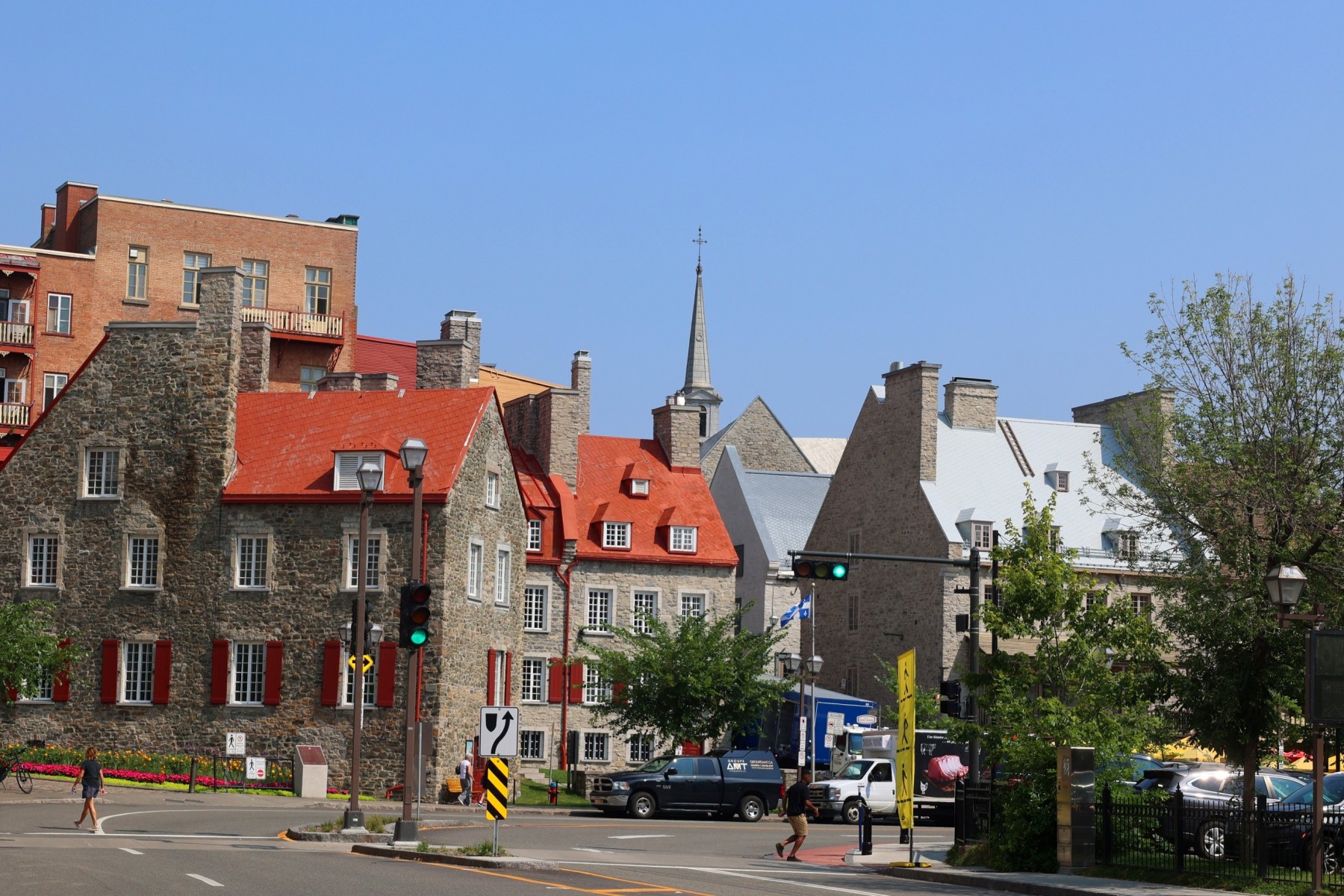
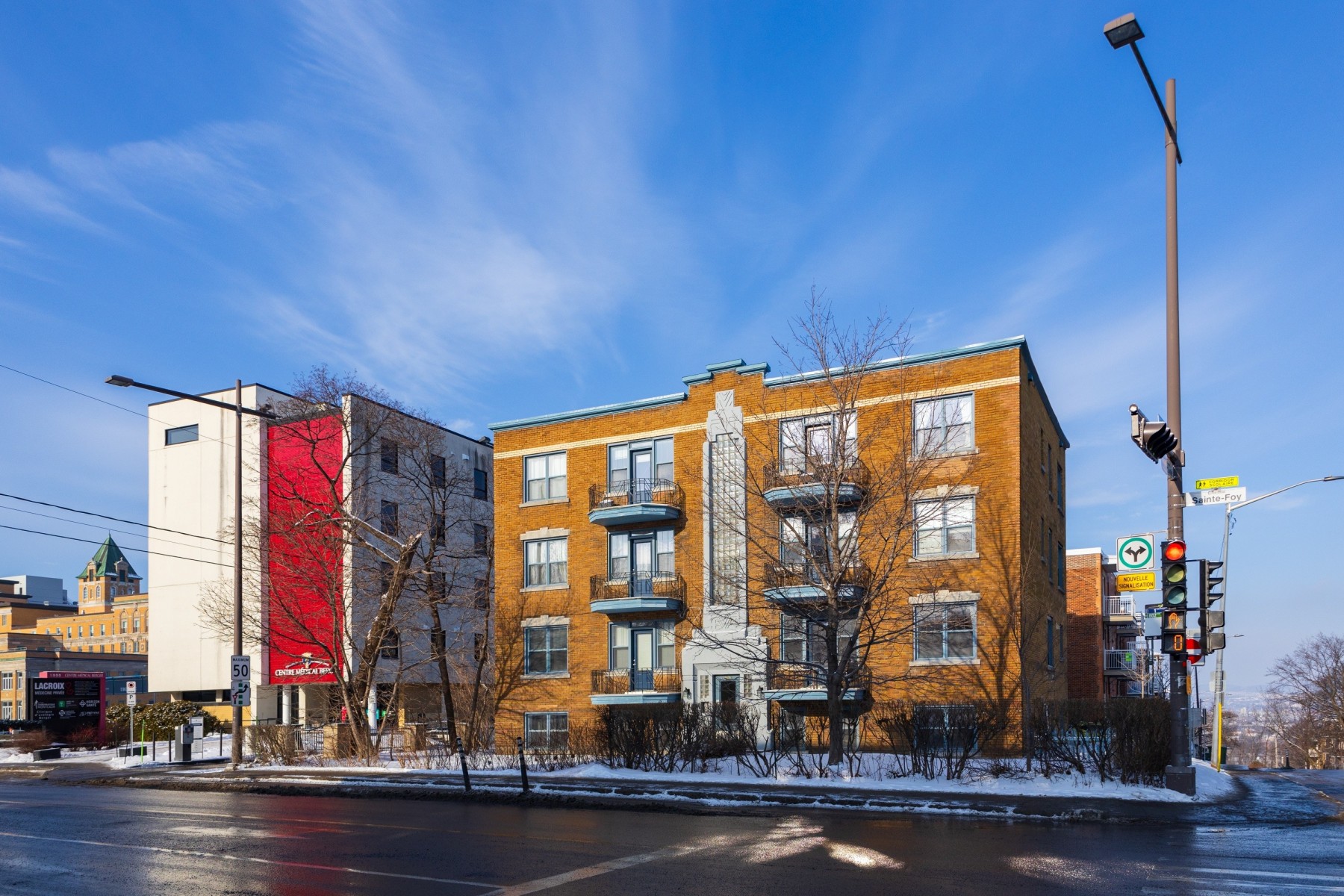
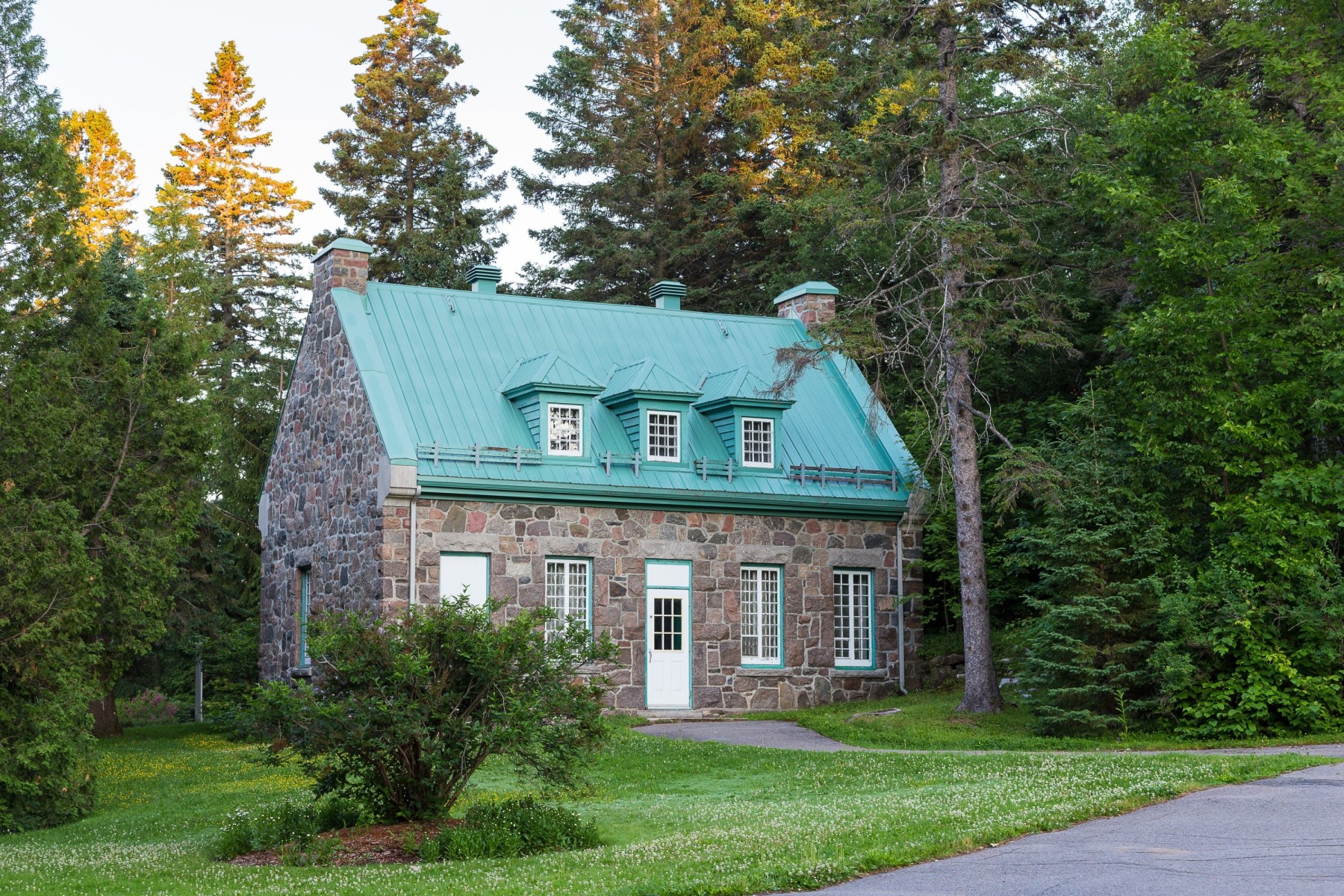
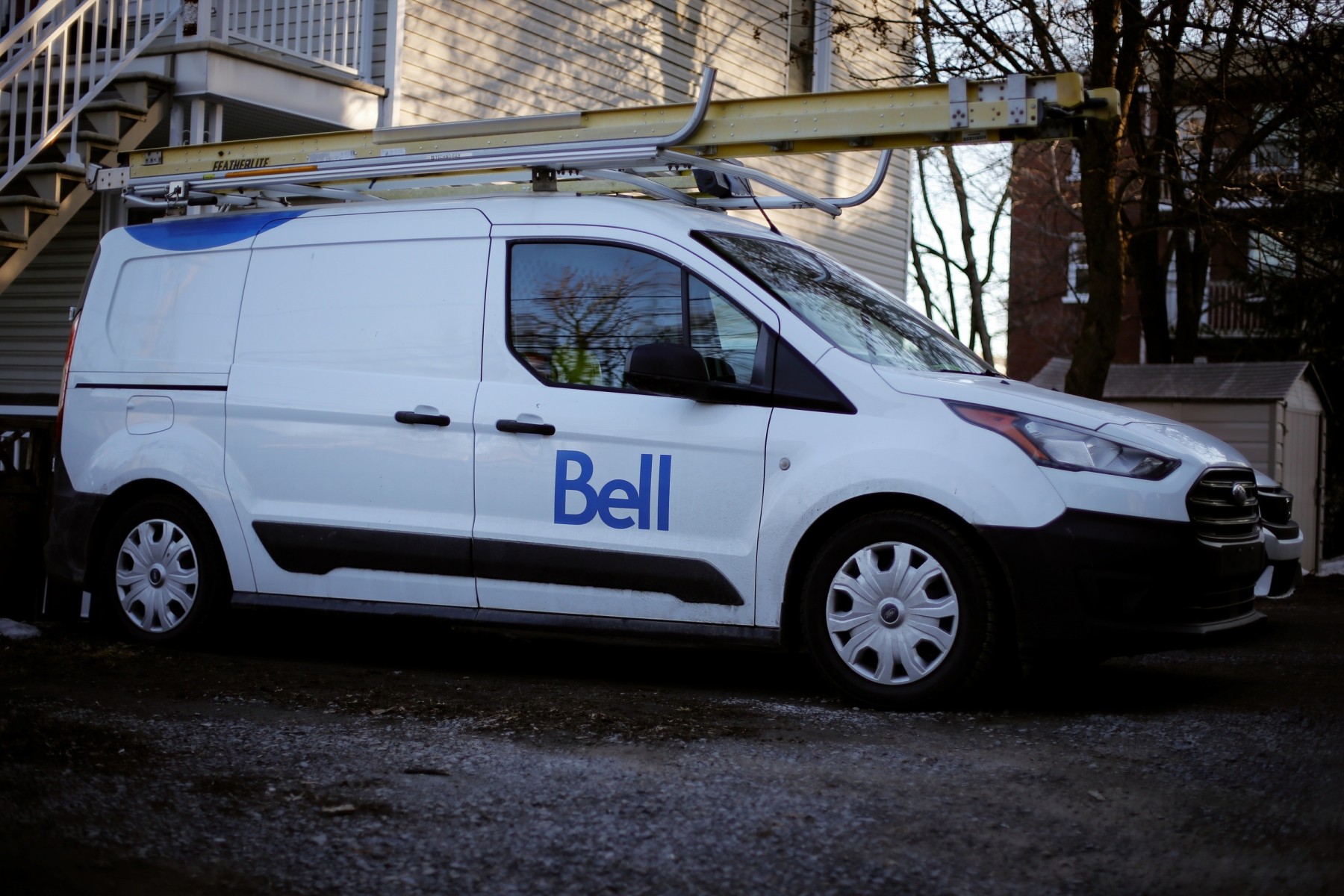

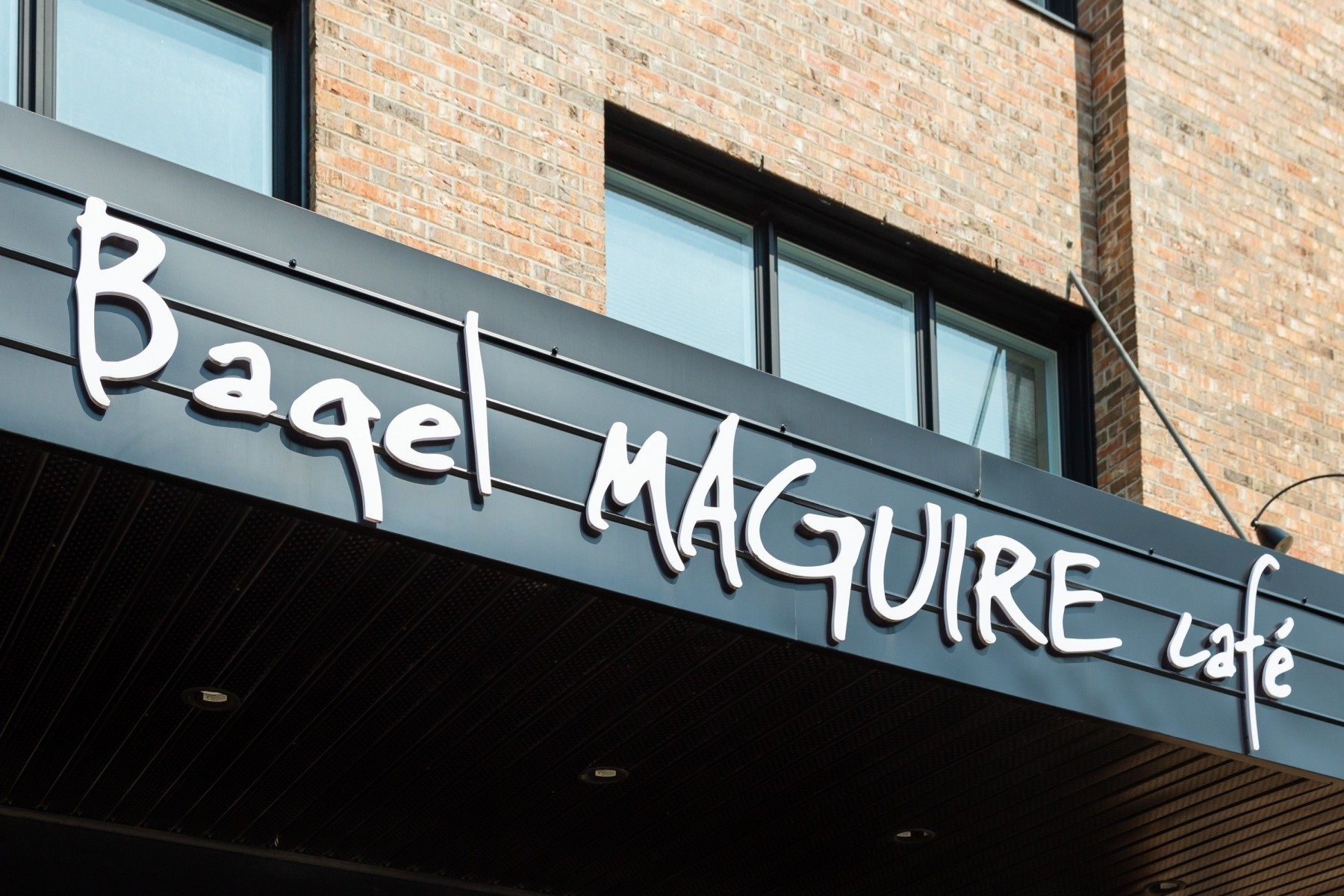
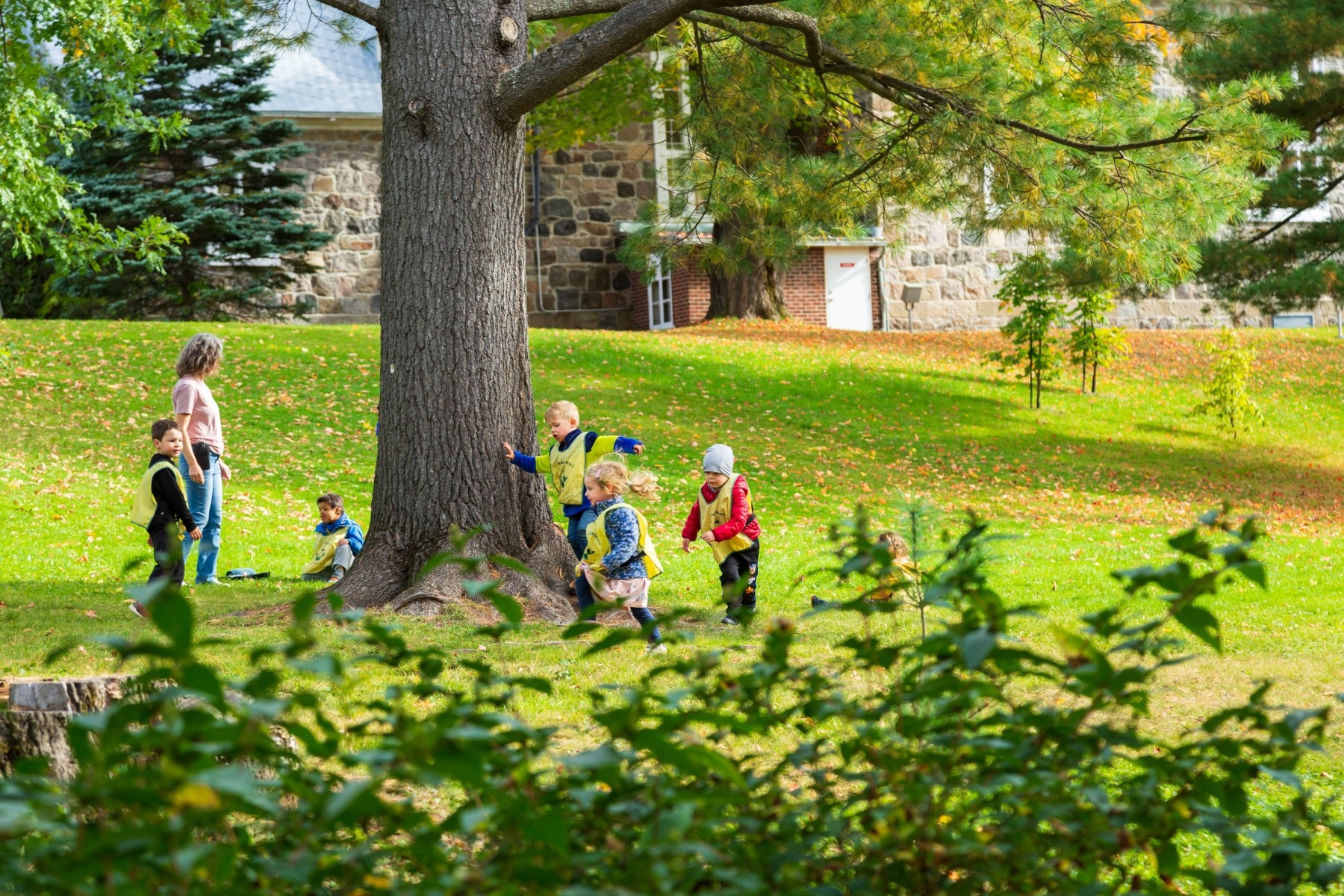
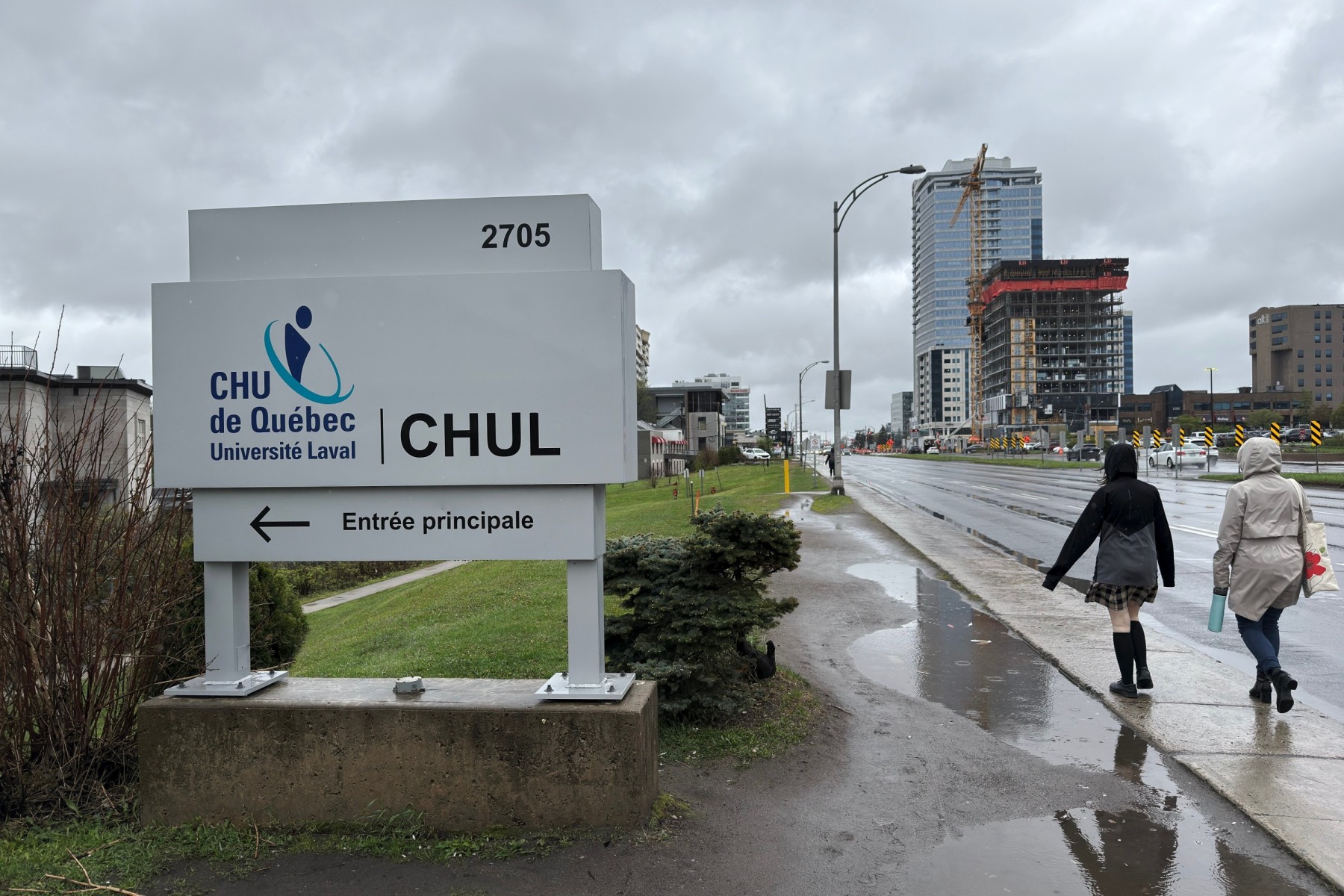
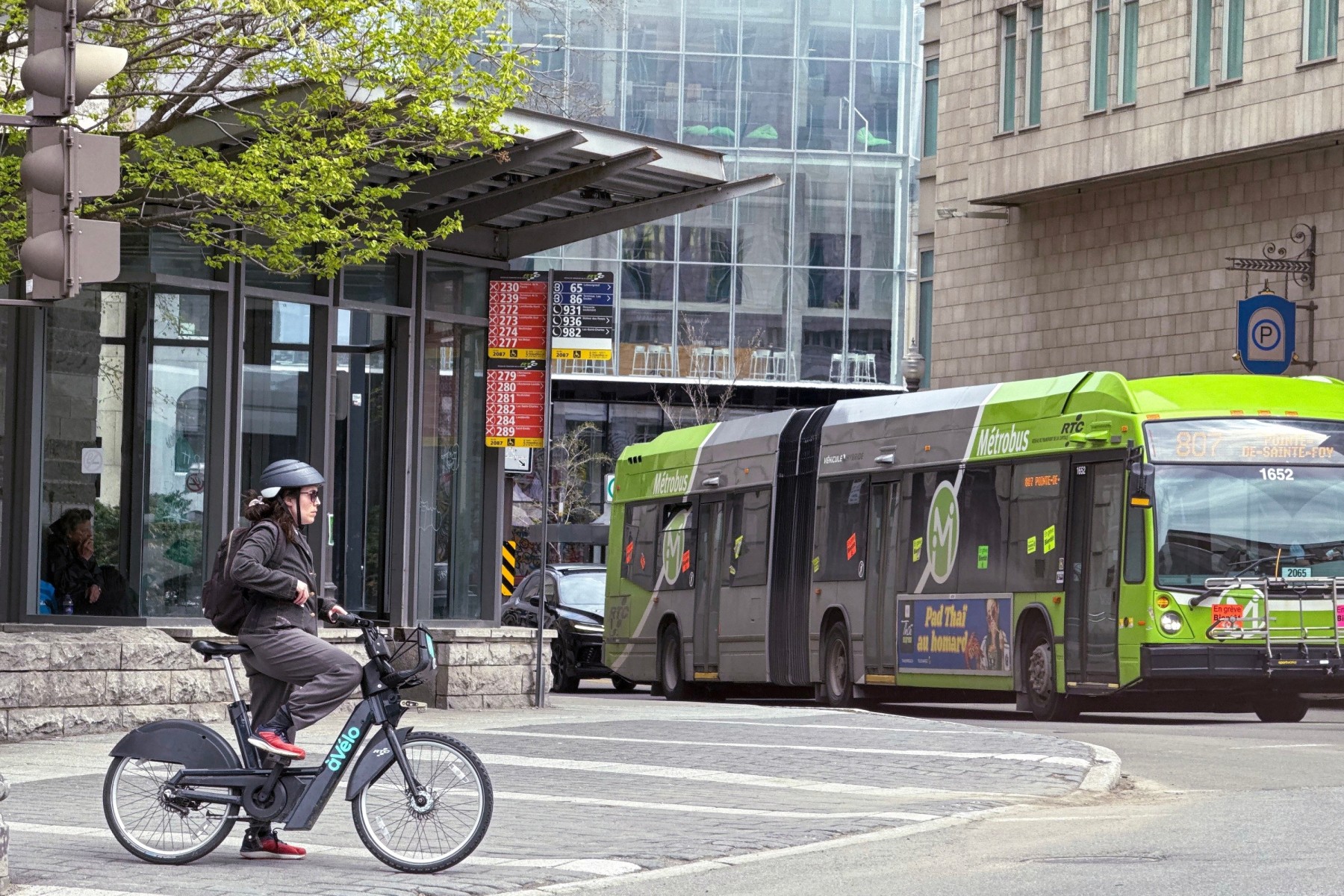
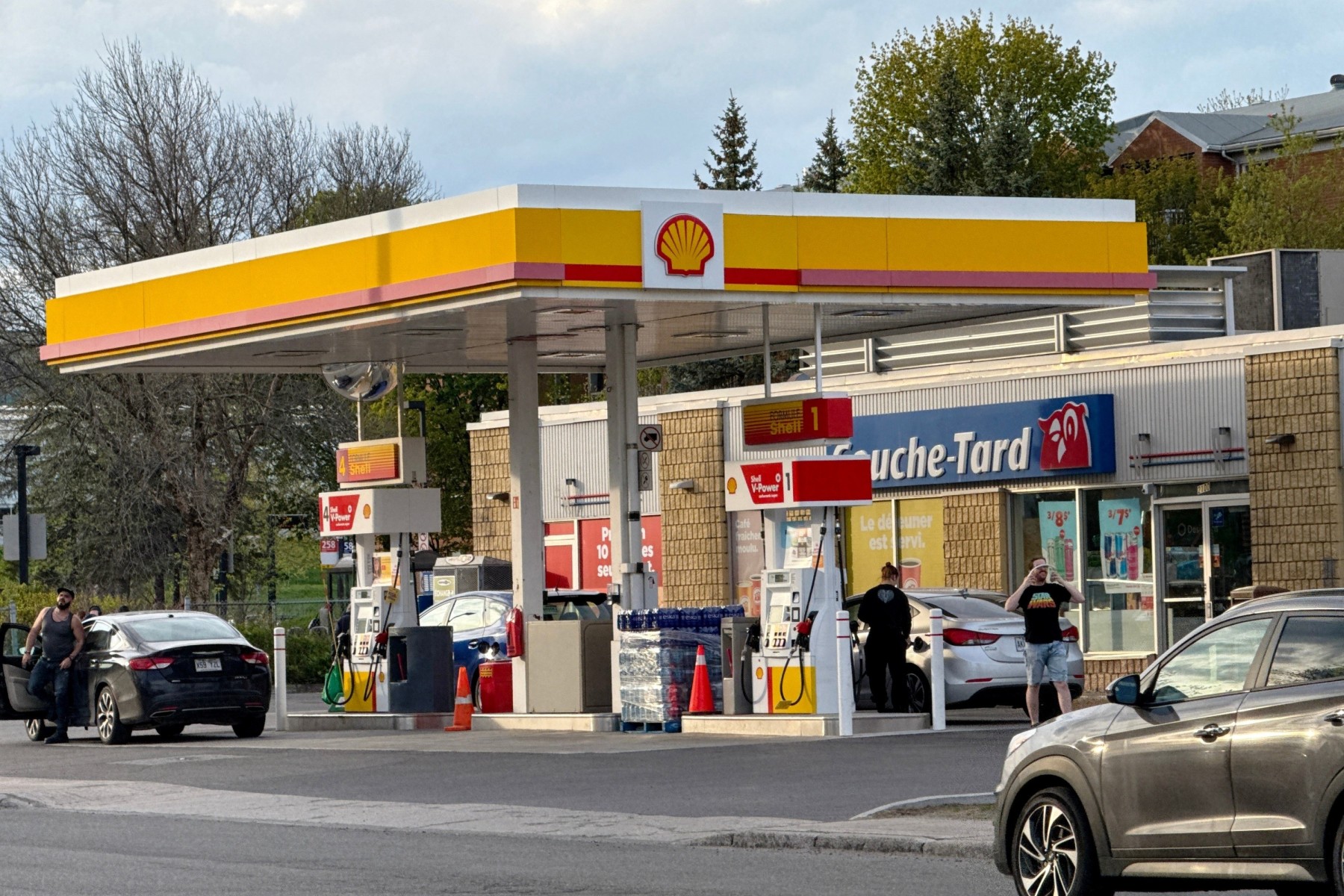
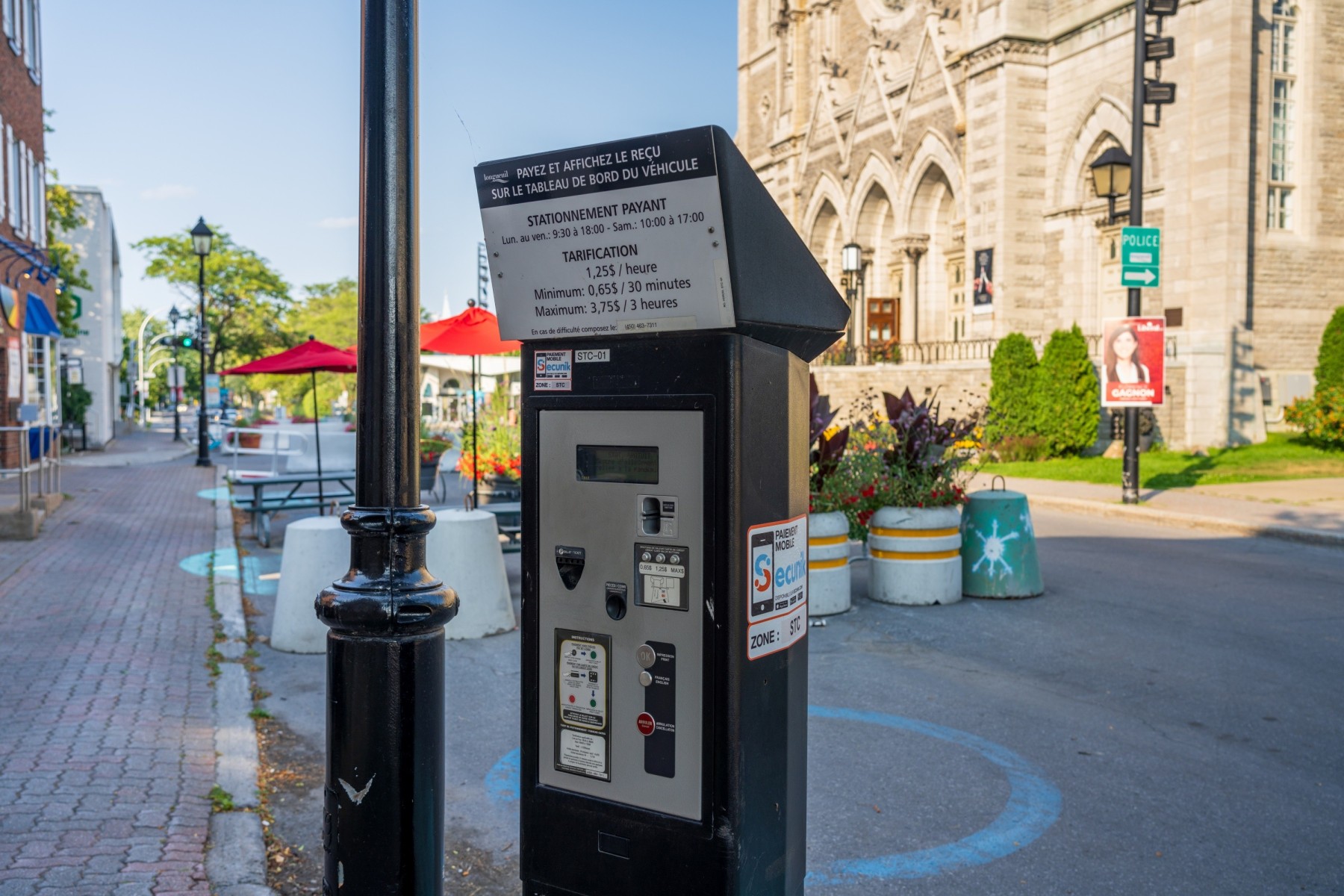
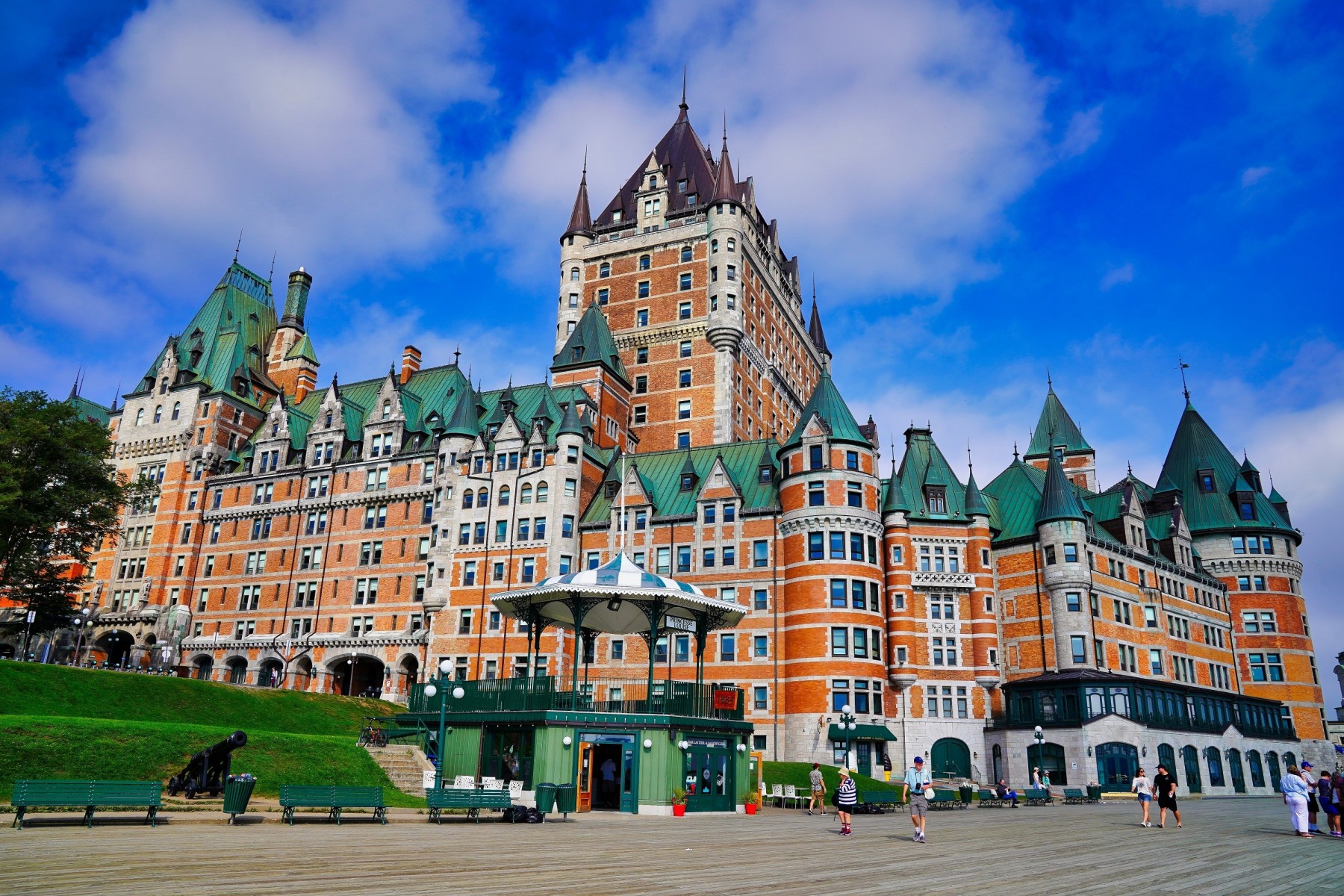
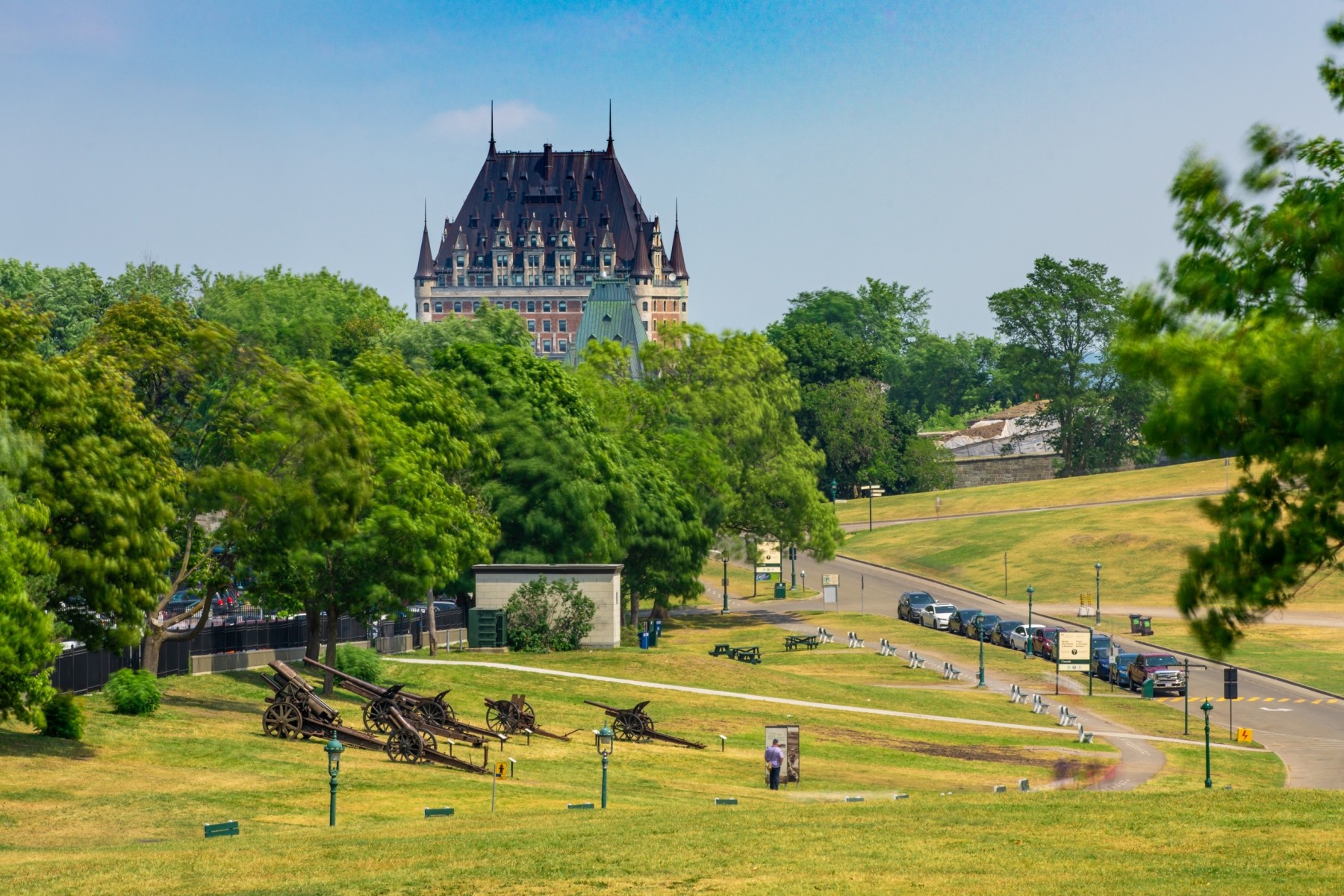

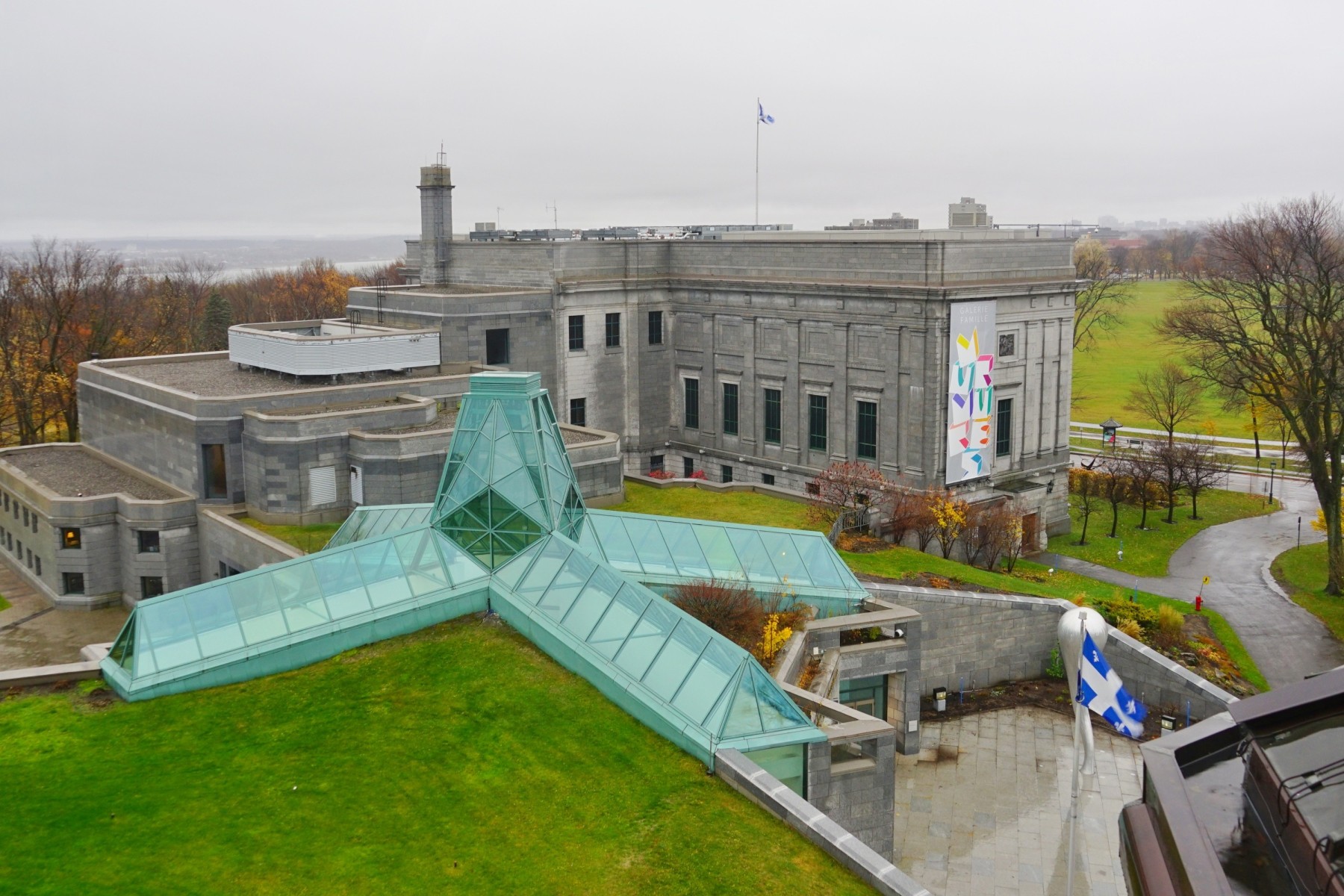
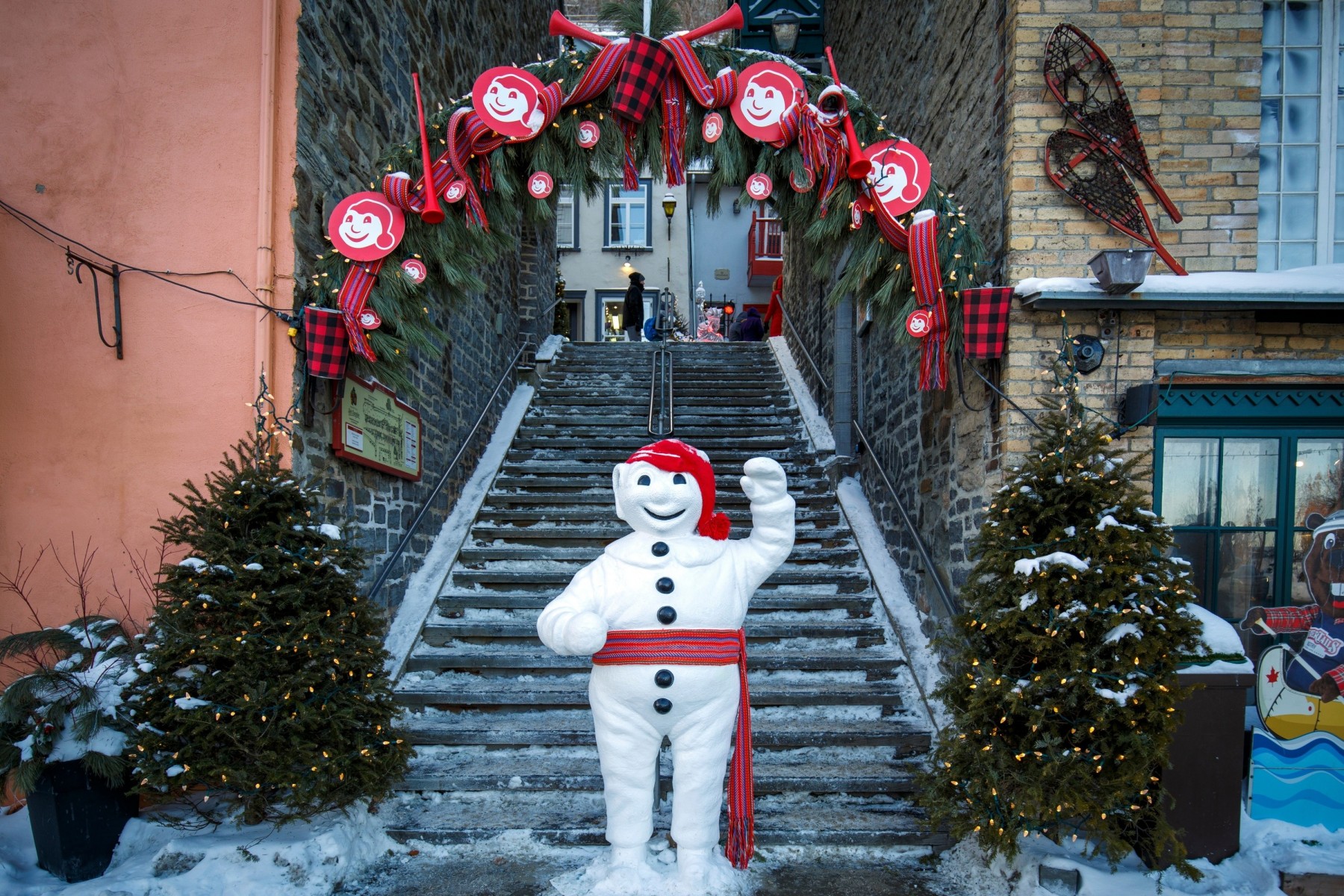


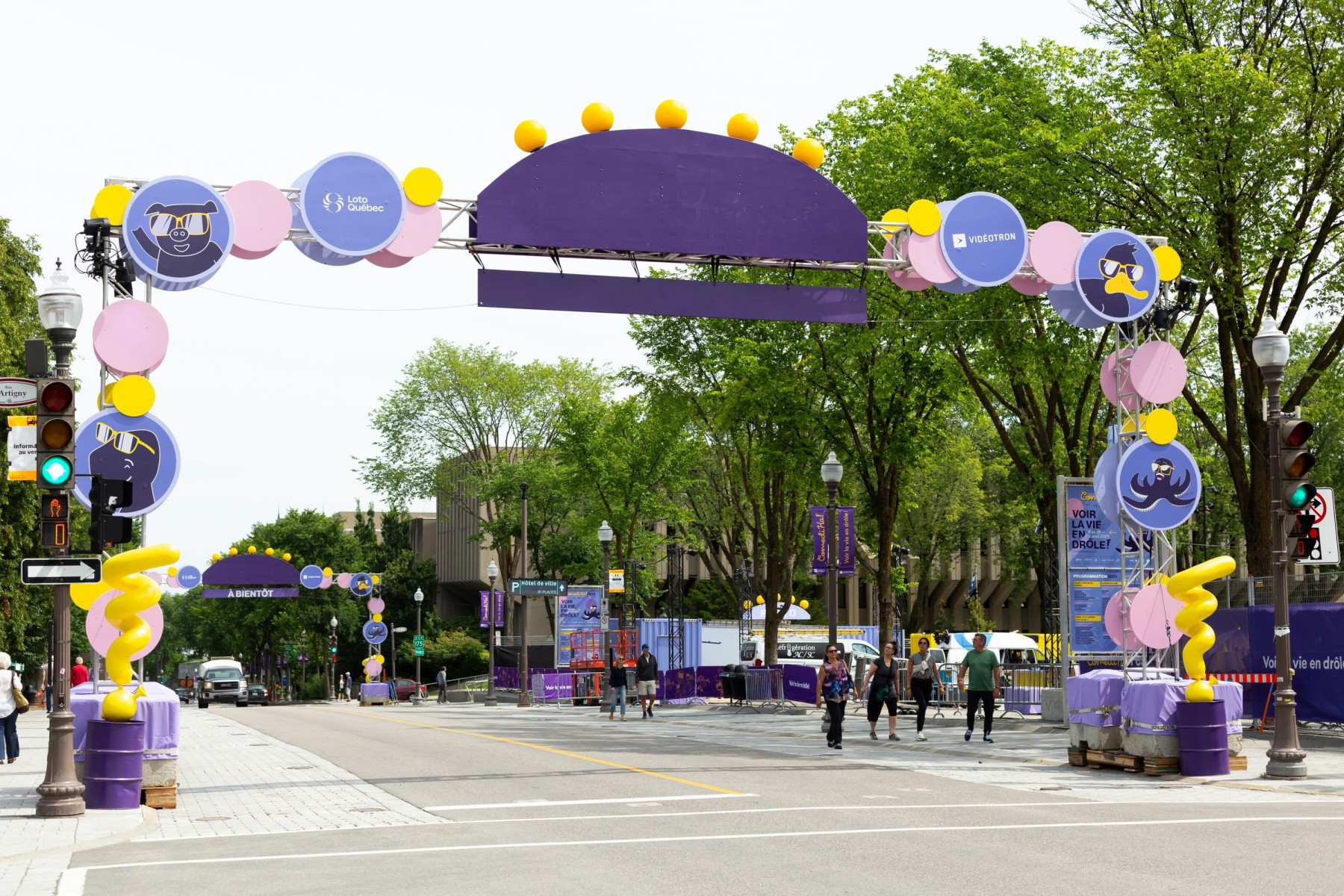


![The Cost of Living in Montreal [2025] The Cost of Living in Montreal [2025]](https://cdn.wisemove.ca/image/blog/3d9ba911fae51ef6bf042019500f2c4b.jpeg)
![The Cost of Living in Montreal [2025] The Cost of Living in Montreal [2025]](https://cdn.wisemove.ca/image/blog/17f8eb4dfd18411c72c7524a48af8304.jpeg)
![How much do you need to earn to live comfortably in Montreal? [2025] How much do you need to earn to live comfortably in Montreal? [2025]](https://cdn.wisemove.ca/image/blog/80e0ee82a5a92d9451b96ff875513ee4.jpeg)

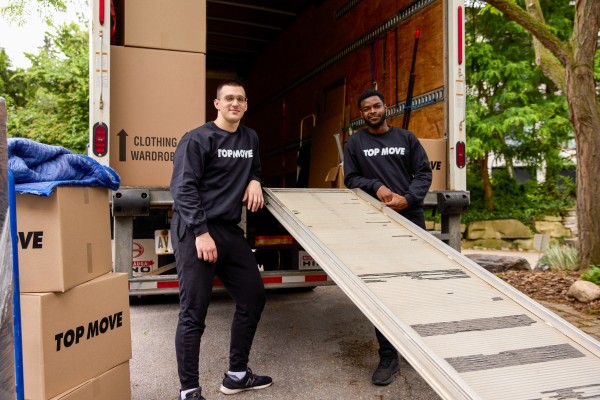
![The Cost of Living in Canada [2025] The Cost of Living in Canada [2025]](https://cdn.wisemove.ca/image/blog/fd5e6f8de7a01a874376620f785ffdba.jpeg)
![The cost of living in Ottawa [2025] The cost of living in Ottawa [2025]](https://cdn.wisemove.ca/image/blog/05c56698337852b128efa8b1144e6466.jpeg)
![The Cost of Living in Toronto [2025] The Cost of Living in Toronto [2025]](https://cdn.wisemove.ca/image/blog/ded0549bf885e2463f6b3516d9f8f021.jpeg)
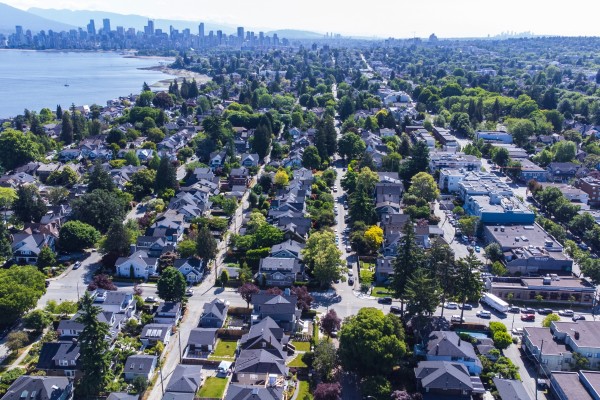
![The Cost of Living in Winnipeg [2025] The Cost of Living in Winnipeg [2025]](https://cdn.wisemove.ca/image/blog/8874f5688baa4a1291d7eae6c507f8aa.jpeg)
![The Cost of Living in Edmonton [2025] The Cost of Living in Edmonton [2025]](https://cdn.wisemove.ca/image/blog/85d8f0085c5276a3f3add5828109b82a.jpeg)
![The Cost of Living in Calgary [2025] The Cost of Living in Calgary [2025]](https://cdn.wisemove.ca/image/blog/44a5bcb6ebf6c658f5c5fe30ab7077c9.jpeg)
![The Cost of Living in Victoria [2025] The Cost of Living in Victoria [2025]](https://cdn.wisemove.ca/image/blog/012c60baf3a9dd52b2112857fe508e4c.jpeg)

